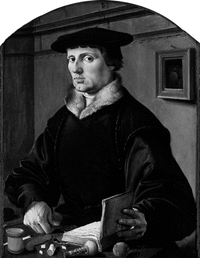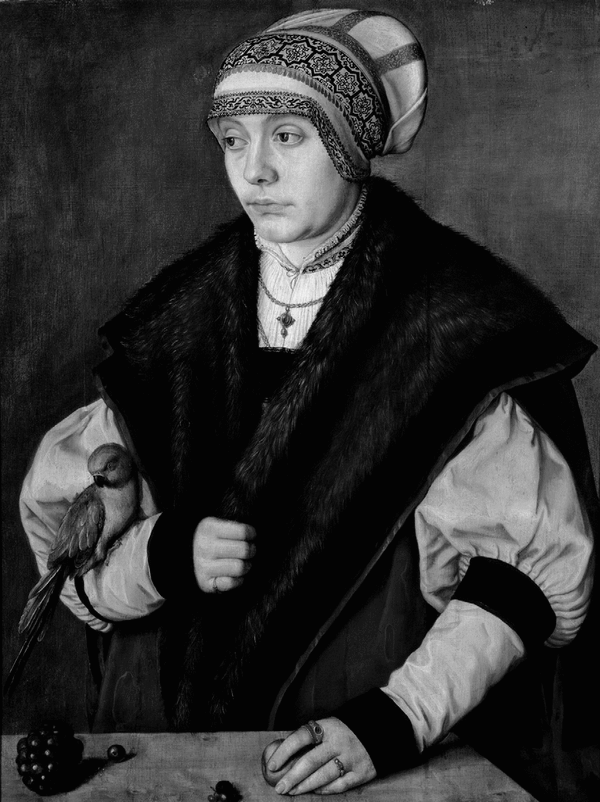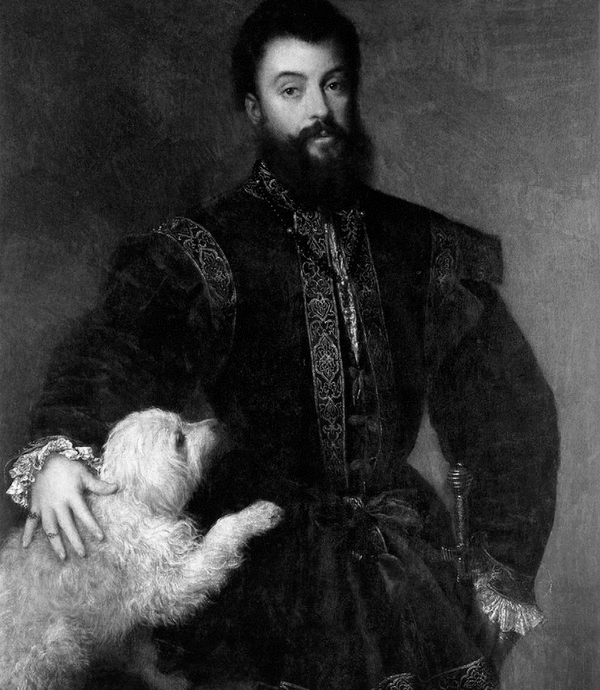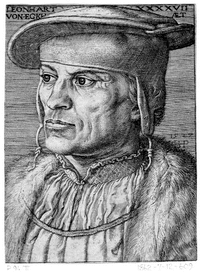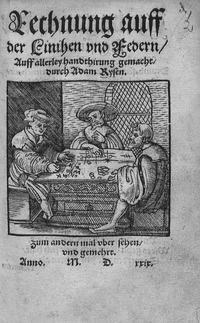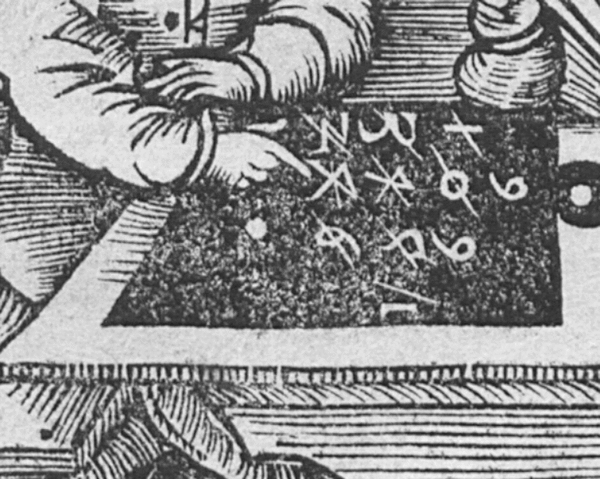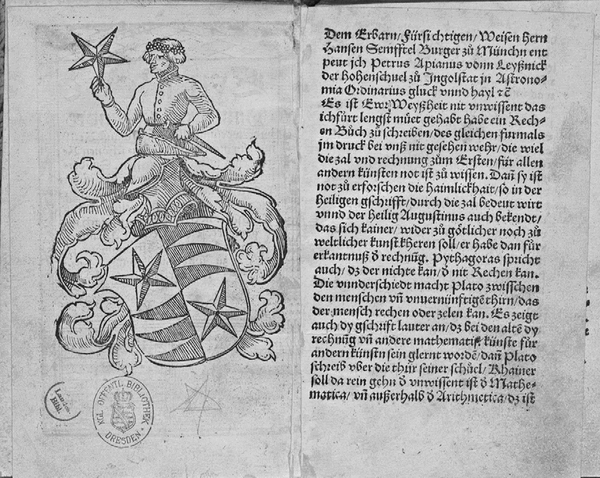1. Introduction
The subject of the portrait by Barthel Beham in Vienna confronts the viewer with a disarmingly vacant gaze (fig. 1).Footnote 1 Portrayed in full face, his unfocused eyes and the wrinkled topography of his forehead convey distraction or preoccupation. The rather lax expression is belied, however, by the movement of the body below. The subject twists at the waist, one hand on the sword hanging at his hip, the other writing numbers with chalk on a wooden table in front of him. On the table is also a glass of water, an uneaten apple, the rind of an apple slice (attended by three flies), and the painting’s date, 1529. The digits are integrated into the scene cleverly, painted in chalk-white facing the figure, as if he had just jotted them down himself. A single nail protrudes from the monochromatic expanse of the background. This small point, and the shadow that it casts, identify the backdrop as an actual wall and locate the image in illusionistic space. The painting’s relatively large dimensions (84.8 by 66 centimeters, or 33.4 by 26 inches) render the figure life-sized, and his foremost hand and the twisting three-dimensionality of his body push out of the starkly lit, compressed composition.Footnote 2 The implicitly fleeting presence of the flies, the scribbled date, and the already-eaten apple slice accentuate the passing of time on a small scale, a palpable temporality that, along with the tensed body of the sitter, reinforces the idea of an activity in progress. Even his slack expression contributes to the impression: the activity to which the painting is devoted is thinking.
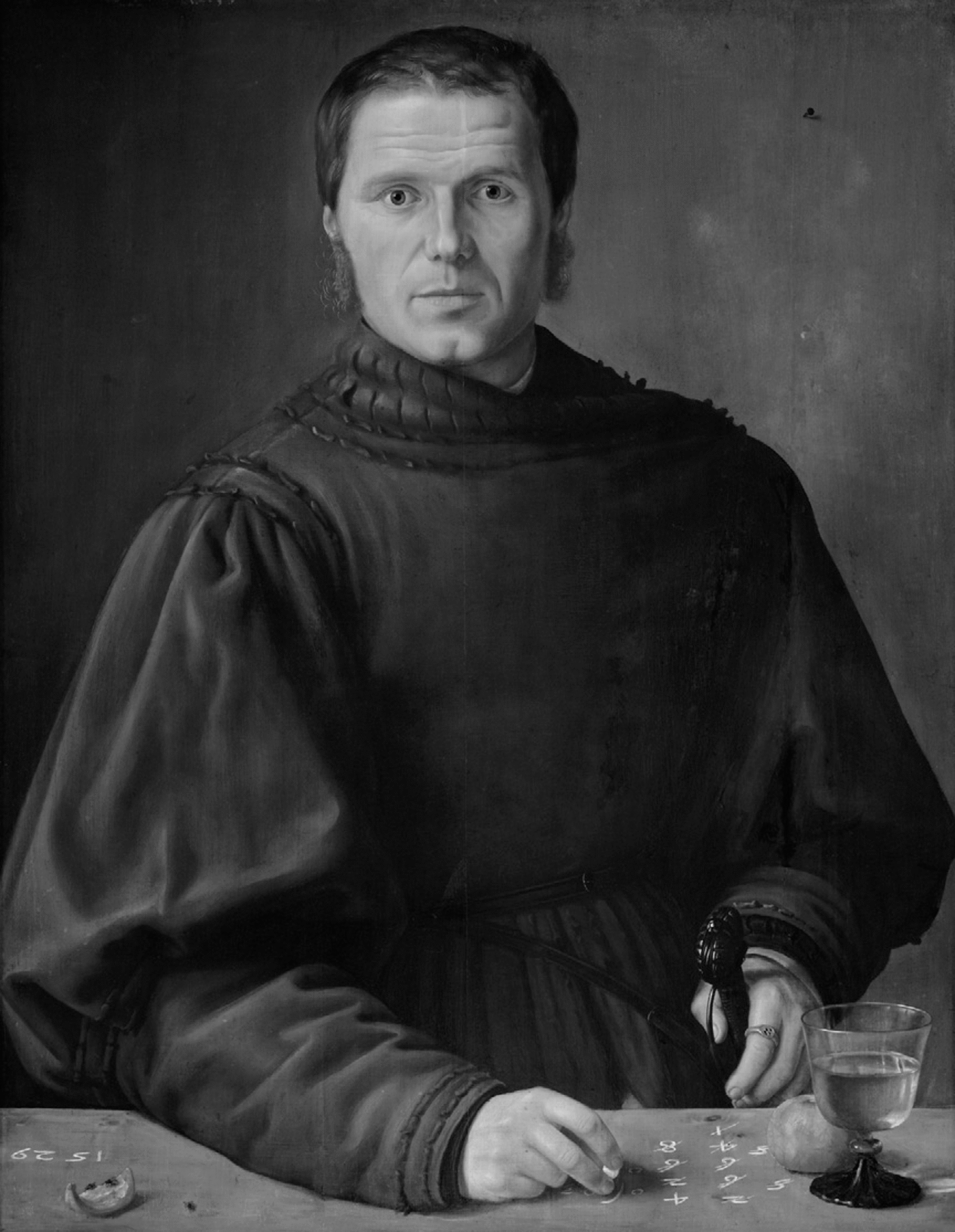
Figure 1. Barthel Beham. The Calculator, 1529. Vienna, Kunsthistorisches Museum.
The exact nature of this thinking has been the subject of debate, conferring two alternate titles on the portrait of the unidentified man: Der Rechner (The Calculator) and Der Schiedsrichter (The Umpire). Working under a different attribution (to the Dutch painter Dirck Jacobsz) in his Group Portraiture of Holland in 1902, Aloïs Riegl identified the activity as a math problem and described it as an occasion for the portrayal of the quintessentially Netherlandish quality of Aufmerksamkeit (attentiveness).Footnote 3 In the 1930s, Ludwig von Baldass changed the attribution of the painting to Barthel Beham, a Munich court painter, and questioned whether the man was indeed engaged in a math problem. The crossed-out numbers, according to Baldass, looked more like scorekeeping than calculation.Footnote 4
This article will argue that the depicted activity is indeed a math problem but not simply the pretext for Aufsmerksamkeit that Riegl describes. This argument takes its cue from the painting’s unprecedented representation of a computation using Arabic numbers (also referred to as Arabic numerals) and discusses its portrayal of math in the context of sixteenth-century Germany. The 1520s were a watershed period for calculation using Arabic numerals in the German-speaking world, as is attested by the large number of calculation books published in the vernacular and intended for a commercial public. At the same time, the importance of mathematics, which encompassed cosmography, astronomy, and geometry, came to the fore as a matter of educational importance. As a native son of the commercial city of Nuremberg and later as a painter for Duke Wilhelm IV, patron of the University of Ingolstadt, Barthel Beham was ideally situated to note the contemporary resonance of mathematics in general and numerical calculation in particular. And as a portraitist, he could offer it to his client as a socially and historically significant sign. Strangely, however, he did not bother to make his depicted calculation consistent. Whereas the form and the symbols used in the algorithm indicate that it is a division problem, the numbers themselves do not make sense as such. It can only be assumed that this did not disturb the depicted calculator, for whom the appearance of doing math apparently mattered more than the math itself.
The painting’s unornamented concentration on the act of calculation distinguishes it from contemporary portraits with similar subjects, such as Marten van Heemskerck’s Portrait of a Counting Man or Jacopo de’ Barbari’s Portrait of Luca Pacioli, which represent their subjects’ intellectual and professional occupations through the display of mercantile instruments and erudite objects. The portrait is apparently unique in this regard: the scribbled problem stands out as a never-repeated method of portraying the character of its sitter. Rather than observing who the calculator is from external signs, his identity is perceptible in his total absorption in his calculation and his twisting body. He appears as a man of intellectual activity and physical action. The pose of the portrait renders his intellectual engagement as something he does, not something he possesses as an attribute. The unfolding process of computation serves in this image as a metaphor for the act of thinking and, by extension, for the sitter’s identity as a thinking man. This article will argue that Beham was able to use a calculation with Arabic numbers to portray his subject as a thinking man because of the way that the emerging genre of Arabic mathematics was marketed to the German public, as well as how it was received by the circle for whom Beham worked. Further, it will be suggested why the simple simulation of an algorithm could be sufficient for the purposes of portraiture.
2. The Calculating Merchant and the Courtly Calculator
For more than a century after it appeared in a gallery in the Kunsthistorisches Museum in the 1780s, the Calculator was attributed to Dirck Jacobsz, a northern Netherlandish painter of civic-guard group portraits.Footnote 5 For Riegl, it was the quintessential Netherlandish portrait, and calculating the quintessential Netherlandish motif.Footnote 6 Max Friedländer perceived a resemblance to Marten van Heemskerck’s pendant portraits of a counting man and his wife at a spinning wheel, also dated 1529 (figs. 2 and 3), and suggested that the Calculator was a pendant of a painting of a woman at wheel (now also attributed to Barthel) in the Kunsthaus, Zurich.Footnote 7 Friedländer’s proposal was quickly superseded by Ludwig von Baldass’s discovery of a portrait of a woman with the same dimensions and the same support as the Calculator, hanging coincidentally in the same gallery in the Kunsthistorisches Museum (fig. 4). This image depicts a woman with a parrot standing behind a table that appears to be an extension of the calculator’s, against a similar, monochromatic background. Moreover, both she and the calculator wear similar signet rings, embossed with initials: H. S. on his and K. S. on hers.Footnote 8 The woman with a parrot is richly dressed, with peachy satin sleeves and a thick fur collar. She faces left, with the parrot perched on her left arm; a bunch of grapes and a pear, which she absent-mindedly fingers, sit on the table in front of her. Based on the similar compositions and dimensions of the Woman with a Parrot and the Calculator, and the Calculator’s resemblance to Beham’s signed and dated portraits of Bavarian Ducal Counselor Ruprecht Stümpf and his wife Ursula (Madrid, Thyssen-Bornemisza Collection), Baldass changed the attribution of both Vienna paintings to Barthel.Footnote 9
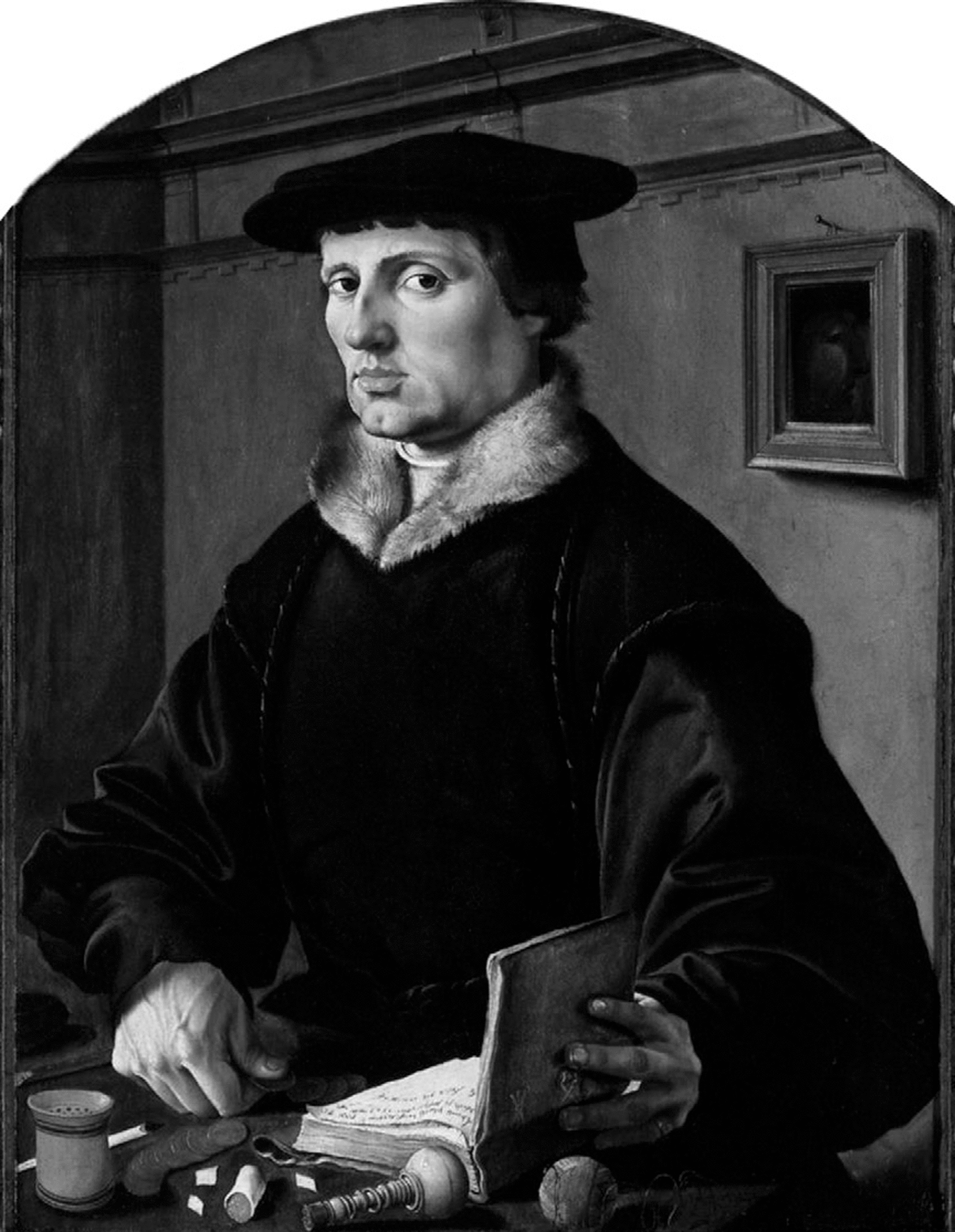
Figure 2. Marten van Heemskerck. Portrait of a Man, 1529. Amsterdam, Rijksmuseum. Artwork in the public domain. Image courtesy of Wikimedia Commons.

Figure 3. Marten van Heemskerck. Portait of a Woman, 1529. Amsterdam, Rijksmuseum. Artwork in the public domain. Image courtesy of Wikimedia Commons.

Figure 4. Barthel Beham. Portrait of a Woman with a Parrot, ca. 1530. Vienna, Kunsthistorisches Museum.
Riegl’s and Friedländer’s attributions of the Calculator to a Netherlandish painter makes sense at first sight. The Calculator appears to belong to the same genre of portraiture as Heemskerck’s portrait of the counting man, the merchant portrait; like Heemskerck’s image, it seems to depict its subject as a self-confident man of commerce. However, on closer examination of the portraits, especially in association with their pendants, one can find clear differences in the strategies of self-presentation employed by the Vienna paintings and Heemskerck’s portraits. Heemskerck represents his couple with spiritually significant, gender-distinct attributes and activities. The female sitter spins thread at a wheel, her gaze focused demurely downward. The male sitter, who has a stamp, sealing wax, and a book of debts open in front of him, counts out coins in a rather deliberate fashion, an action emphasized by the exaggerated size of his hand and his sidelong glance at the viewer. This overdetermined gesture calls to mind the contemporary discourse on divine justice and economic honesty in the Netherlands.Footnote 10 In fact, the coins so carefully laid out by Heemskerck’s subject are not legal tender but rather markers to be used on a reckoning board, so it can be assumed he is tallying up some existential sum.Footnote 11 Likewise, the wife’s task has religious associations, hearkening back to the description of the good wife in Proverbs 31:19: “She hath put her hand to strong things and her fingers have taken hold of the spindle.”Footnote 12 The actions and attributes of the figures seamlessly blend values of merchant-class economic integrity and pious rectitude.
Beham’s portraits, on the other hand, do not offer unequivocal signs of merchant-class, Christian virtue. The meaning of the images’ motifs is at best ambivalent. They could be signs of the patrons’ piety. The apple and the flies on the eaten apple slice in the male portrait are standard vanitas symbols, signifying expulsion from Eden and the inevitable decay of the fallen world. The attributes in the female portrait might represent the power of redemption: the parrot and the grapes are recurrent Marian motifs, the latter for its Song of Songs resonance and the former for its legendary ability to say “Ave.”Footnote 13 Or the motifs might not be religious symbols at all but may simply be evocative objects. Fruits were (and are) associated with abundance, and the parrot could be simply a luxury object, valued for its exoticism. This second interpretation is supported by the rich costume and elegant languor of the female half of the pair. Unlike her Dutch counterpart, she is not absorbed in symbolic industry but portrayed in repose, her attention drawn to the activity of her partner.Footnote 14 Turned at a three-quarter angle to the picture plane, the figure is positioned to best display the generous width of her fur-lined gown, the garnet and pearl of her pendant, and the multiple rings adorning the hands that absently grip the trim of her coat and the fruit on the table. With her jewelry, embroidered bonnet, and satin sleeves, she is the designated placard for the couple’s social status and wealth.Footnote 15
In comparison to his wife, the self-presentation of the calculator is Spartan, both in the sense of its plainness and its military connotations. Beham’s male subject lacks the paraphernalia of accounting work such as the counters, debt book, stamp, and sealing wax of Heemskerck’s sitter. Other than his piece of chalk, he is equipped only with a glass of liquid, an apple, and a sword casually gripped in his left hand. The distinctive figure-eight-shaped guard of the sword identifies it as a Katzbalger, a short sword associated with the German mercenary, the Landsknecht, but also widely used by the population at large.Footnote 16 The posture of the figure, with his hand coming to rest on its guard in a seemingly unconscious gesture, is familiar from a great number of contemporary portraits of aristocrats, typified by Titian’s early portrait of an unidentified young man in a red hat (fig. 5) or his later image of the Duke of Mantua, Federico II Gonzaga (fig. 6). In these images, as in the Calculator, the subjects are portrayed as having casual relationships to their weapons, a kind of easy affinity with the swords that bespeaks their natural authority.
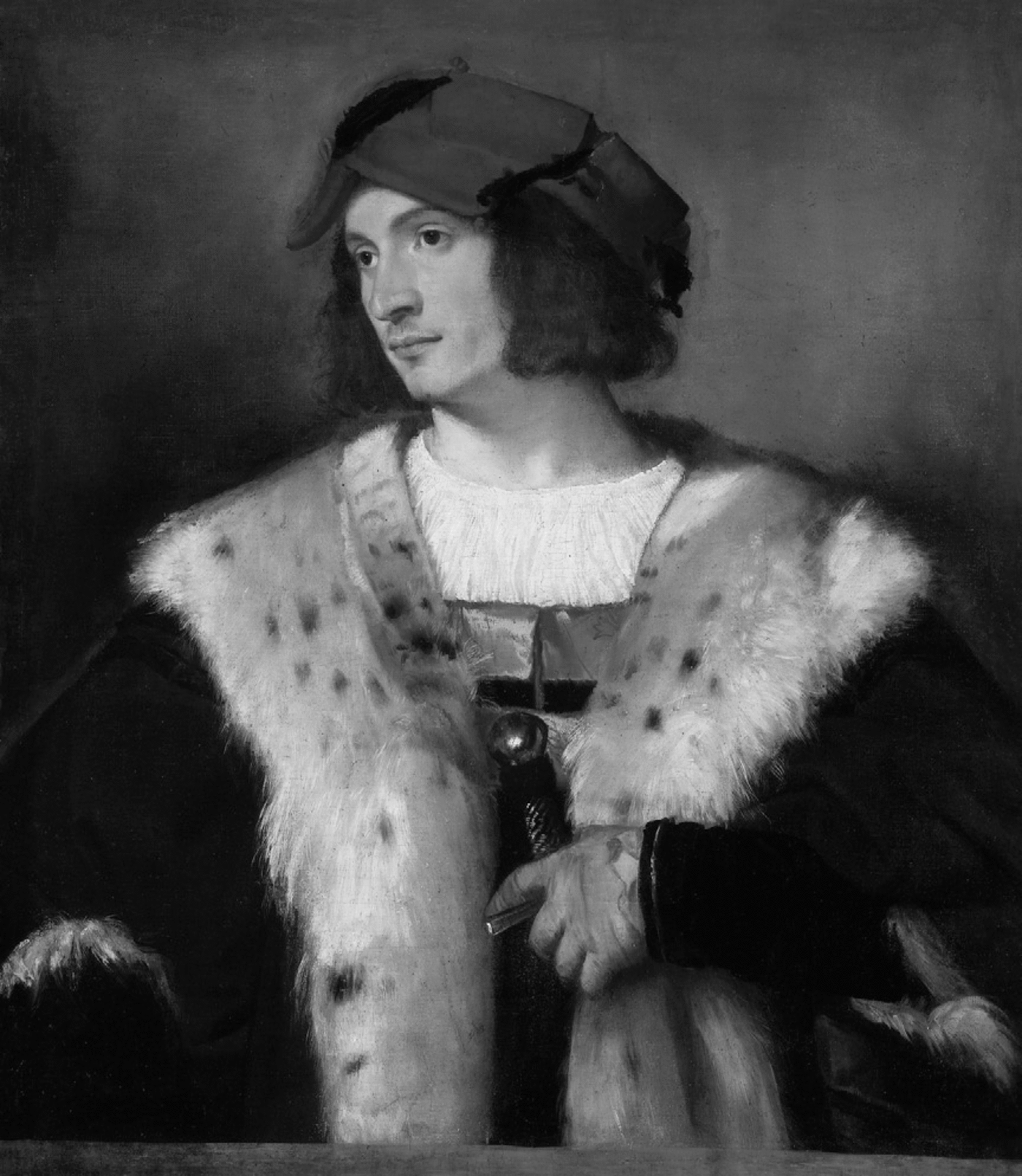
Figure 5. Titian. Man in a Red Hat, 1510. New York, Frick Collection.
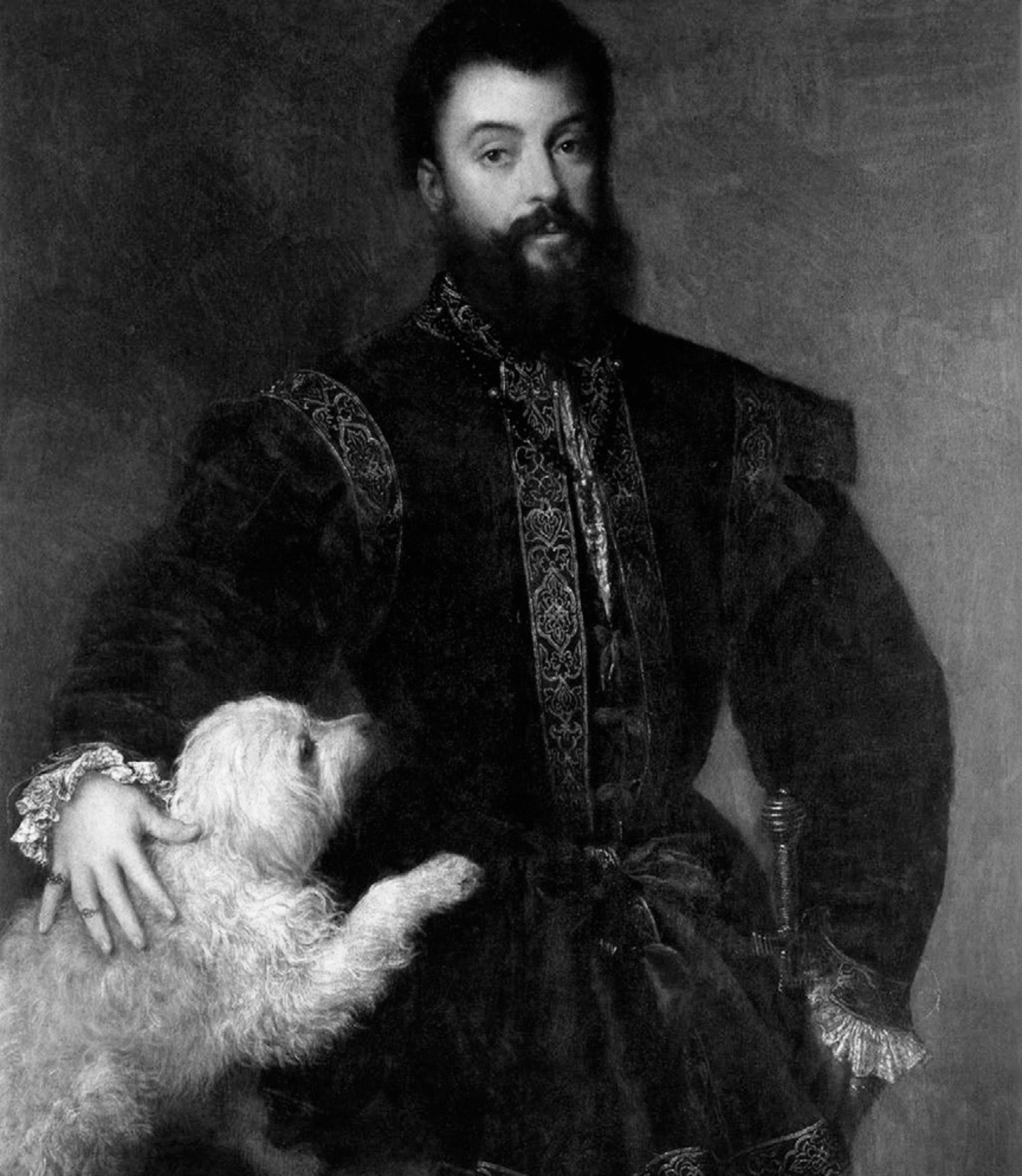
Figure 6. Titian. Federico II Gonzaga, 1525. Madrid, Prado Museum. Artwork in the public domain. Image courtesy of Wikimedia Commons.
However, the martial simplicity of the calculator’s clothing differs from the typical aristocratic portrait. He wears a Faltrock, a tailored tunic with a fitted waist and pleated skirt, initially designed to be worn under the armor of a riding soldier. In the 1520s the Faltrock was worn by nobles, court members, and burghers in addition to active soldiers, and it was produced in a wide variety of fabrics, ranging from simple to ornate.Footnote 17 The gray woolen fabric of the calculator’s Faltrock, which is thick and dull, falls on the humble side of the fashion spectrum.Footnote 18 The garment worn by the calculator, with its puffed upper sleeves and prominent asymmetrical collar, was probably not meant to be worn under a breastplate, but the embellishment of the collar refers to the military origins of the garment. The rows of slits imitate the texture of chainmail.Footnote 19 A passing comparison of it with the satiny, deep-black sleeves of Heemskerck’s merchant or the luxurious velvet of Federico Gonzaga’s doublet reminds us of what an important role fabric played in representing wealth and status in sixteenth-century portraits, and how strongly the calculator’s clothing diverges from this norm.Footnote 20
The sitter of the Calculator remains unidentified, and the longer the painting is examined the more difficult it is to parse the social station of its subject. He does math but without a commercial purpose. He wears pseudo-military garb but, unlike the sitters of Titian’s portraits, he does not display aristocratic panache in his choice of clothing.Footnote 21 Instead, he absentmindedly rests his hand on his sword while he ponders a math problem. Within Beham’s oeuvre, there is a direct precedent for the sparseness of the image, if not for its portrayal of arithmetic. A stylistically similar portrait of ducal councilor Leonhard von Eck points to the possibility that, despite the simplicity of his clothes, the subject of the Calculator was a member of the ducal court circle.
3. The Godless Painter in the Bavarian Court
Barthel Beham did not begin as a court portraitist or even a painter. He spent the first years of his career as a print designer in Nuremberg, one of the Kleinmeister (Little Masters), a group of sixteenth-century German printmakers distinguished by their use of small formats and their indebtedness to the work of Albrecht Dürer.Footnote 22 He is perhaps best-known, however, for being one of the drei gottlosen Maler (three godless painters). Together with his brother Sebald and the painter Georg Pencz, Barthel was banished from Nuremberg in 1525 for blasphemy and refusal to recognize the authority of the city government.Footnote 23 In the fraught atmosphere of confessional uncertainty in Nuremberg in the 1520s, the young Beham brothers took a radically skeptical position on the legitimacy of the sacraments and worldly authority that provoked the newly Lutheran city government. Their punishment was relatively short-lived — they were allowed to return within the year — but they did not remain in the city for long. Sebald ended up in Frankfurt, where he died in 1550, and Barthel moved to Munich in 1527, where he became court painter, a position he occupied until his death during a study trip to Italy in 1540.Footnote 24
Barthel’s appointment as court painter in Munich is a somewhat unexpected development after the events of his radical youth. In the first half of the sixteenth century, Bavaria was ruled by two dukes loyal to the Catholic Church, Wilhelm IV (1511–50), resident in Munich, and Ludwig X (1514–45), whose court was located in Landshut.Footnote 25 Barthel probably gained entrée to Wilhelm’s court through Wilhelm’s councilor, Leonhard von Eck. Eck was not the most likely patron for Beham: he was a controversial figure, who cultivated a reputation for being a ruthless opponent of anyone or anything who might undermine the authority of the duke, including contemporary religious reform movements. Nevertheless, it seems that Beham’s first works in Munich, executed in 1527, a year or two before he became court portraitist, were engraved and painted portraits of the councilor.Footnote 26 The engraved portrait exists in two states, each labeled with Eck’s name, signed with Beham’s monogram, and dated 1527 (figs. 7 and 8). It is unclear whether the print or the painting came first. Because the painted and print likenesses face in different directions, it has been argued that the print is a copy of the painting (printed images are often the reverse of their prototype or design).Footnote 27 However, the more intense level of detail in the print and Beham’s reputation as an engraver make it also plausible that the prints were produced first and that the painted portrait represents a refinement and revision of these images. Footnote 28
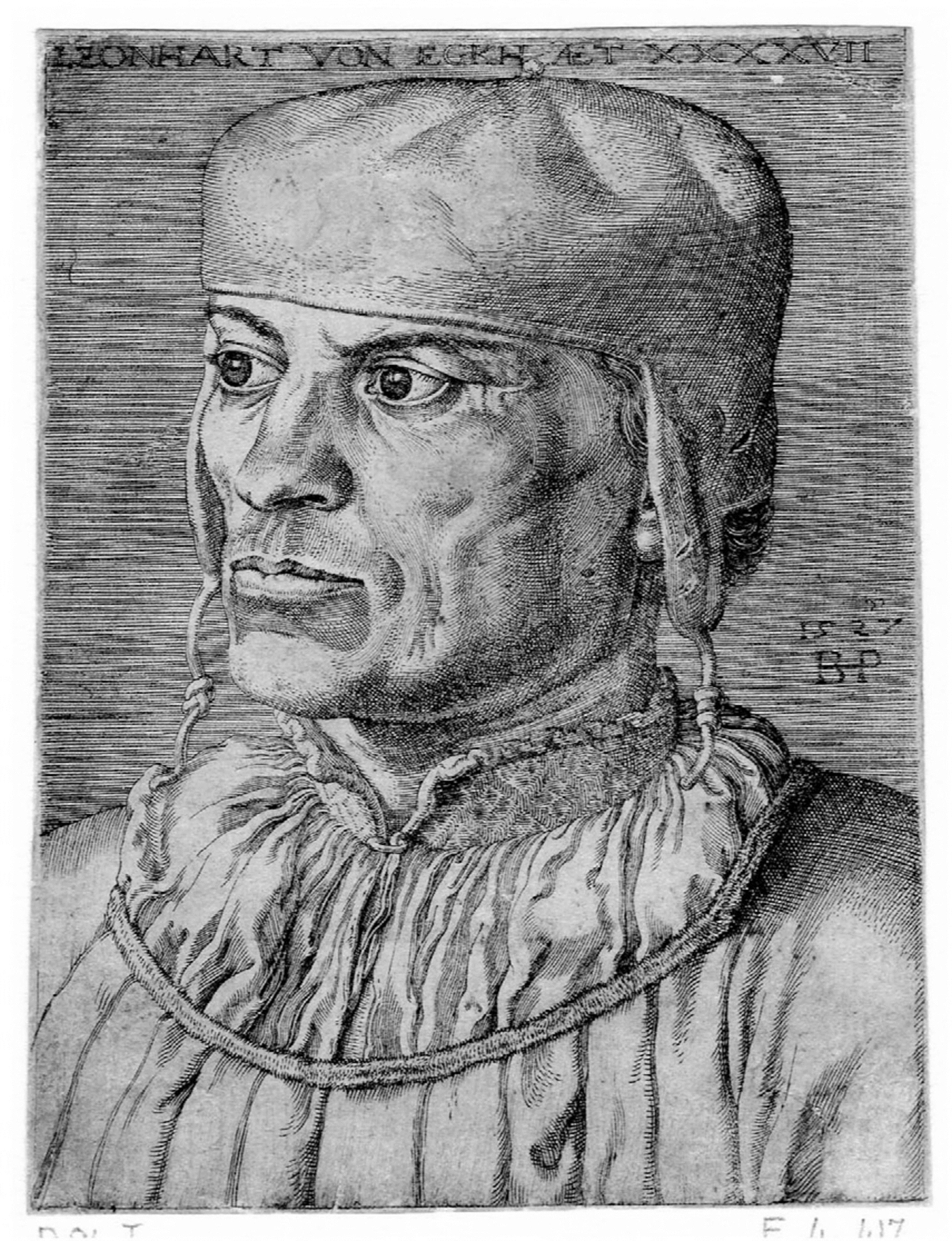
Figure 7. Barthel Beham. Leonhard von Eck (first state), 1527. London, British Museum. © Trustees of the British Museum.
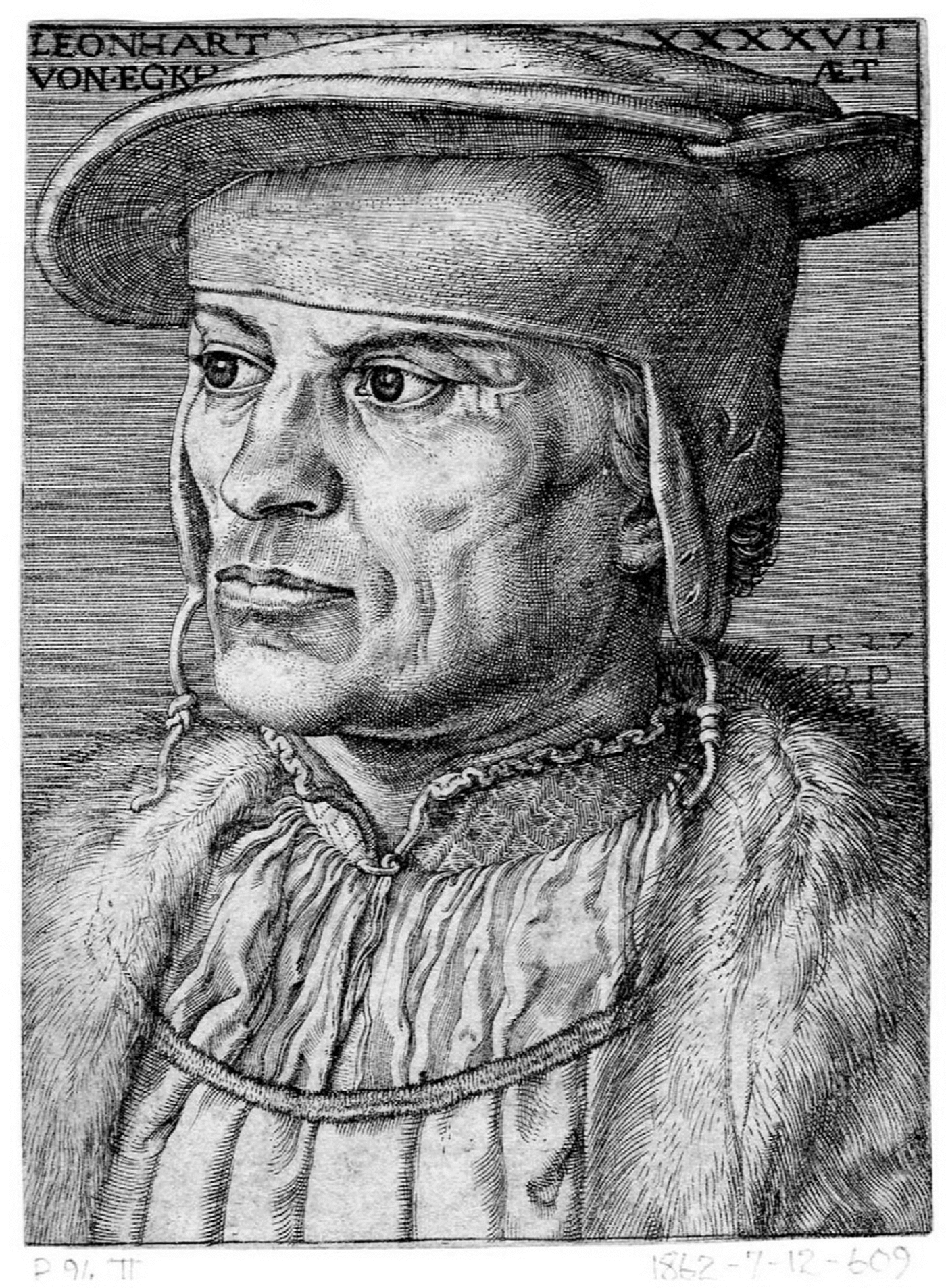
Figure 8. Barthel Beham. Leonhard von Eck (second state), 1527. London, British Museum. © Trustees of the British Museum.
Barthel’s engraved portrait of Eck is a close-up, both in terms of format and approach. Pictured from the shoulders, turned at a three-quarter angle, Eck gazes evenly and purposefully into the distance. The wrinkles, underbite, and craggy facial contours of the forty-seven-year-old subject are mapped out with the gravity of a Roman bust. The care taken in the engraving of the image, best seen in details like the folds of the blouse and the collar that he wears under his tunic, recalls painstakingly carved passages of Albrecht Dürer’s engraved images, such as the pleated skirt and belt of his Melencolia I. The costume in the print’s first state is quite plain: the councilor wears a simple skullcap and blouse. It is more elaborate in the second state, augmented by a jurist’s beret and fur gown that underline the councilor’s qualifications and status:Footnote 29 Eck, whose father and grandfather were members of the Bavarian administrative patriciate, studied liberal arts at the University of Ingolstadt and received an advanced degree from the law school in Bologna in 1499.Footnote 30
The painted portrait returns to the simplicity of costume in the print’s first state and complements it with a simplicity of composition and style (fig. 9). The painting expands the engraving’s borders, depicting the councilor’s body from the waist up. It also softens the print’s descriptive marks, lowering Eck’s age. Silhouetted against a black background, Eck is shown with casually folded arms, slightly cropped on the right side, in a posture that gives his body a solid three-dimensionality. The colors of the painting are restricted to a bold and limited palette, and Eck’s plain, wide-armed tunic, blouse, and skullcap seem to be made of material as thick and rough as the calculator’s Faltrock. In the void of linear description and coloristic nuance, the casual crossed-arms pose of the figure becomes the painting’s most prominent feature. It represents Eck in a moment of repose. He seems to be studying someone or something outside the image’s frame, trying to make up his mind. Eck is best-known to history for his campaign against the Reformation in Bavaria, but the councilor had humanist friends and possibly humanistic interests.Footnote 31 In 1514, during a conflict between the councilor and the Bavarian nobility, Wilhelm IV sent him to Ingolstadt with the task of reforming the structure of the university’s academic faculties. He worked together on this project with the court historian Johannes Aventin, with whom he became friends. In the 1520s Aventin, a student and protégée of the arch-humanist Conrad Celtis, was engaged in writing a chronicle of Bavaria, tracing German history back to the antique past.Footnote 32 When Aventin was arrested in 1528 for his Protestant sympathies, Eck intervened with the duke on the scholar’s behalf.Footnote 33 The painted and printed portraits offer a kind of Janus-head representation of Eck’s double persona: the printed figure’s irritated determination stands against the painting’s expression of thoughtfulness, a difference achieved by removal of detail and a shift in gaze — from the steely forward stare of the engraving to the upwardly directed glance of the painting.
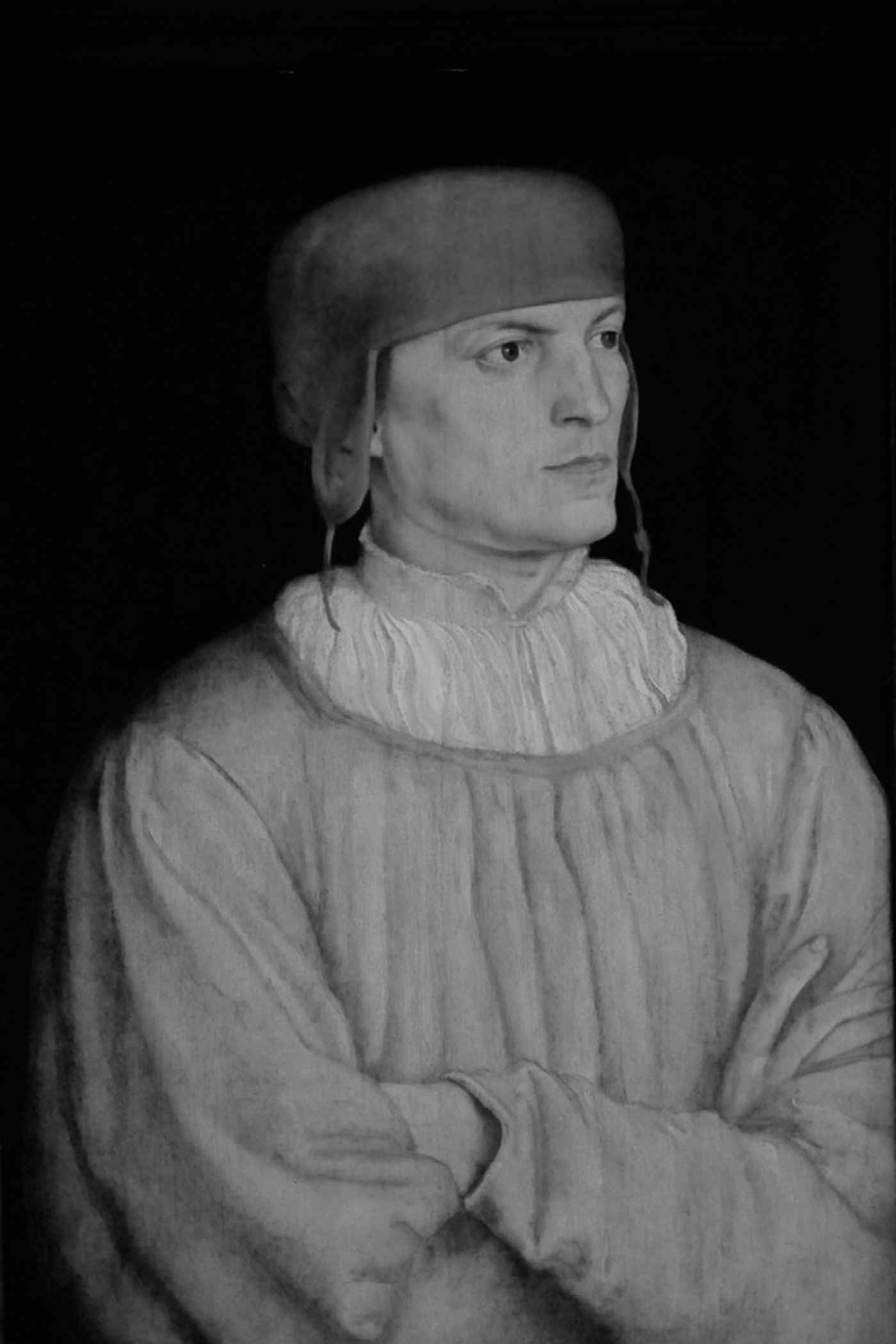
Figure 9. Barthel Beham. Leonhard von Eck, ca. 1527. New York, Metropolitan Museum.
Beham’s portraits of the Bavarian dukes and their ancestors are not painted with the simple, hard-edged style of the Calculator and the Eck portrait. As court painter, Beham produced a series of fourteen large portraits (the large Wittelsbach series) for display in the Munich Residenz, in addition to likenesses of court members in varying formats. The three-quarter-length portrait of Ludwig from 1530, one of the most beautiful images from the large Wittelsbach series (fig. 10), depicts the duke staring into the distance. The slight splaying of his gaze resembles the distracted look of the calculator, but because the duke is not occupied with any particular activity, his abstraction reads as pensiveness and perhaps melancholy, rather than concentration. Impressively draped in the yards of velvet appropriate to his station, the sitter is painted with special attention to the soft texture and subtle variegation of his fur collar and thick beard. The sumptuous colorism and soft brushwork of this image, which can be found in Beham’s better Wittelsbach portraits, evoke the treatment of paint in contemporary Venetian painting. And indeed, the dukes had a pronounced preference for Italian painting. The Wittelsbachs were cousins of the Gonzagas, patrons of Titian, and recorded in Ludwig’s correspondence with them are requests for Italian paintings as well as for the conventional noble diversions, such as Italian horses. In 1534 Ludwig sent his court painter to Mantua to learn to paint in the Italian manner from Giulio Romano.Footnote 34 In this same year, Beham produced a copy of a Titian painting of a woman combing her hair, presumably at the request of one of the dukes.Footnote 35 The appeal of this pictorial idiom for the Wittelsbachs is clear: the Venetian loose style connotes luxury, conjuring the fine fabrics and relaxed elegance with rich, saturated color applied in generous, soft strokes.
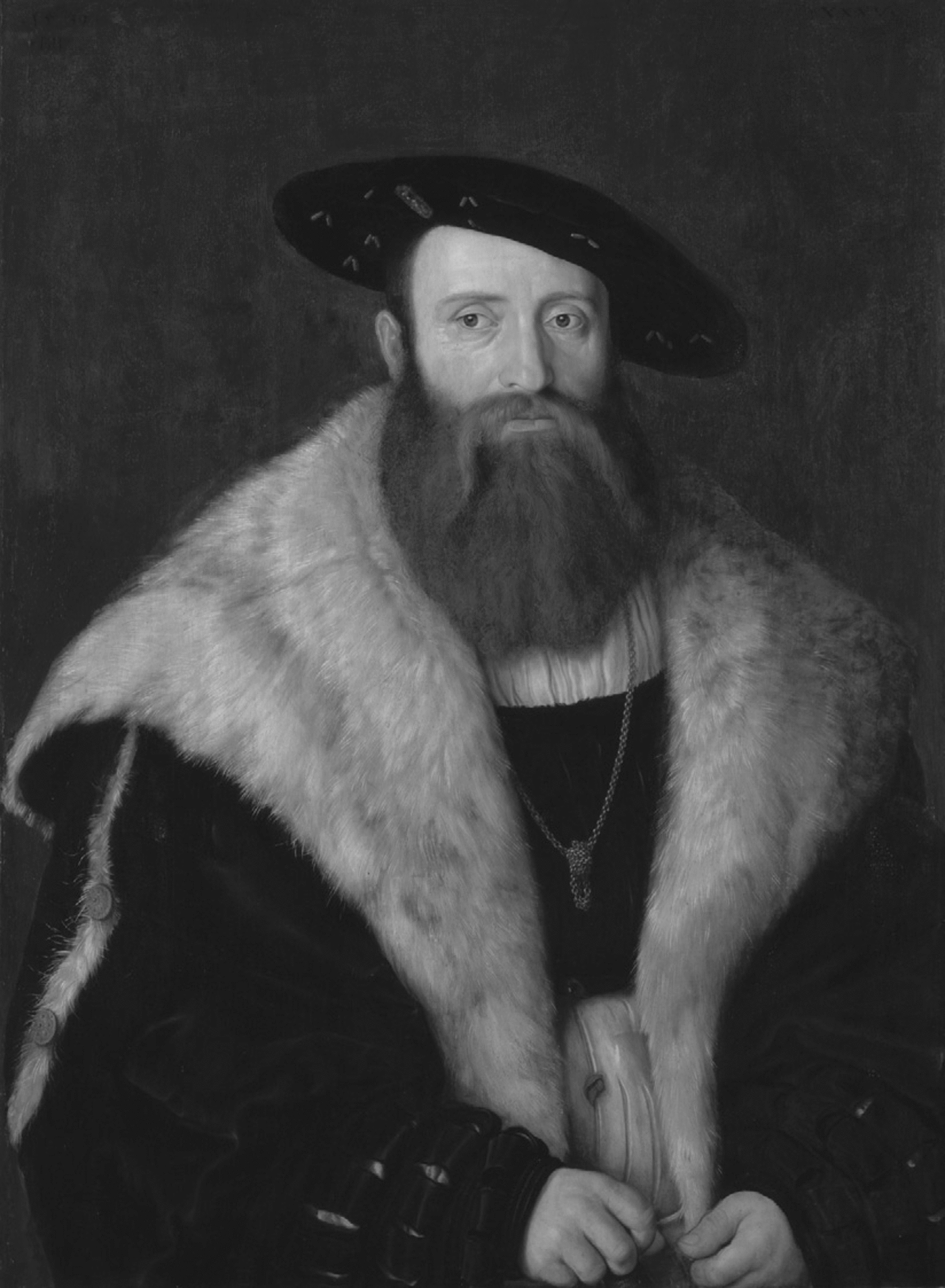
Figure 10. Barthel Beham. Ludwig X, 1530. Munich, Bayerische Staatsgemäldesammlugen. © Blauel/Gnamm – ARTOTHEK.
The portraits of Eck and the calculator may have been pictorial experiments. Painted within two years of each other at the very beginning of Beham’s career as a portraitist, they seem like attempts to hone a new mode of portraiture that did not rely on fine clothing and jewelry to denote its subject’s identity. The clothes, the setting, and even the style in which these images are painted are sober and unobtrusive, and this modesty is itself a kind of pictorial rhetoric that attempts to convince the viewer that he or she is being given access to the unvarnished inner selves of these men, minus the fancy trappings of status. The seemingly unselfconscious poses — or, perhaps better put, the engaged habitus of the sitters — distances the images from the ostentatious mode of aristocratic portraiture, in which the subject wears his social standing on his sleeve in the form of fabrics, jewelry, inserted coats-of-arms, and overall physical bearing. Instead, the sitters engage in what Harry Berger, Jr. has described as “posing so as to appear not to be posing,” a meticulously crafted disregard of traditional portraiture’s normative conventions.Footnote 36 Using a new set of tropes that communicate that the sitter has been caught unaware — the casual posture, the absorbed or distracted gaze — the depictions of Eck and the calculator assert that the men have other, more important concerns on their minds than what the viewer will think of them.
Judging from the novelty of the visual idiom in which the Calculator is painted, it seems unlikely that its sitter belonged to the upper echelon of noble court society in Bavaria. As witnessed by Beham’s later portraits, the Wittelsbachs and their circle preferred a conventional style that best displayed their worldly power and considerable wealth. Nevertheless, the sitter must have been associated closely enough with the court to know and to hire Beham. He may have been one of the many upwardly mobile men with law degrees who ran Wilhelm’s court.Footnote 37 Service to the duke offered opportunities for career advancement to the ambitious bureaucrat with a university education, whether he was descended from the administrative patriciate like Eck or rising from the ranks of the soon-to-be ennobled.Footnote 38 Beham’s particular mode of representation, with its eschewal of luxury and its self-absorbed stance sets a claim for its subject. The likeness offers a stage for the performance of the sitter’s authentic, forceful self, intimated by the intensity of his occupation. In choosing this mode of identity projection, the calculator declares his agency, his ability to succeed through mental and physical action, independent of social position or wealth.
4. The Reckoning Board, the Arabic Number, the Printing Press, and the Practical Math Book
The most idiosyncratic element of the painting is the presence of numerical calculation: this is not the kind of occupation that one would expect to find in the portrait of an early sixteenth-century court functionary. The choice of mathematics in itself as an activity worthy of depiction in a portrait is not strange. For example, in a late fifteenth-century portrait of Luca Pacioli attributed to Jacopo de’ Barbari, the mathematician is instructing a figure tentatively identified as his patron, Guidobaldo da Montefeltro, Duke of Urbino, in geometry. As Renzo Baldasso has argued in a recent article, the picture shows Pacioli explaining the finer points of Euclidean diagrams.Footnote 39 It is worth noting that while Pacioli was the first Italian author to publish an explanation of the technique of double-entry bookkeeping, he is depicted here discussing geometry, an essential component of humanistic education.Footnote 40 In 1529, arithmetic employing Arabic numerals belonged to an altogether different world than the elevated and widely studied topic of geometry. The use of this kind of math was not yet common in the German-speaking realm, and when it was used, it was employed almost exclusively for commercial functions. In other words, the activity represented in the Calculator is an unusual and (in retrospect) more modern version of the activity in Heemskerck’s portrait of a merchant, namely, calculating.
The counting coins, or markers, that Heemskerck’s subject uses to calculate had been employed together with reckoning boards since antiquity. In this method, the counter, called a Rechenpfennig in German, was placed on one of the board’s four parallel lines, each of which represented a different order of magnitude (1, 10, 100, 1,000), to stand in for one unit of that magnitude. A line drawn perpendicularly through the middle of the board allowed the user to complete more complicated operations with multiple sums.Footnote 41 Over the course of centuries, the form taken by the board had changed from lines drawn in dust on a flat slab to the inscribed lines and coins used in the sixteenth century, but the basic idea remained that of the abacus, a device in which small marks, stones, beads, or disks are moved around an annotated field to symbolize a mathematical operation.Footnote 42
Of course, although mathematical operations using Arabic figures were not yet standard, the numbers themselves were not unknown to the German public: they were used throughout the fifteenth century to mark dates on monuments or in paintings — as they do in the Calculator, for instance. The gradual ascent of Arabic numbers in European commerce was the product of a centuries-long process of cultural transmission. Indian mathematicians had developed a base-ten numerical system (0 through 9) that employed decimals by the end of the seventh century. Hindi texts explaining methods of calculation using this system were then translated into Arabic in ninth-century Baghdad.Footnote 43 Over the course of the twelfth century, many of these texts were in turn translated into Latin on the Iberian Peninsula and Sicily. From there, operations called algorithms that used this new hybrid system of Arabic numbers were transmitted to the rest of Europe.Footnote 44 The most important European translator-systematizer of algorithmic mathematics was an Italian named Leonardo of Pisa, also called Fibonacci (son of Bonacci).Footnote 45 Pisa was one of Europe’s most active international trading cities, and Leonardo’s explanation of algorithms was aimed at a commercial audience. His Liber Abbaci (1202) presented numerical calculation using concrete examples from the life of a merchant: negative numbers, for example, were described as debt.Footnote 46 The Liber Abbaci, itself a Latin text, became the prototype for practical math handbooks written in Italian dialects in subsequent centuries, which reproduced its mix of everyday problem-solving using algorithms and theoretical mathematics (algebra, geometry) gleaned from Arabic and Greek texts. As the practical math book was translated into other European vernaculars, theoretical mathematics, as well as entertaining mathematical puzzles that had no immediate practical, commercial application, became fixed elements of the genre, augmenting examples of calculation with everyday relevance.Footnote 47
The German-language practical math book was the primary vehicle for the diffusion of arithmetic using Arabic numbers in the German-speaking realm, and the genre was just coming into its own in the 1520s when the Calculator was painted.Footnote 48 The invention of the movable-type printing press in the middle of the fifteenth century made it feasible to produce books as commodities on a larger scale, and German math books turned out to be especially marketable. After Italian, German was one of the earliest and most successful European vernaculars for printed math books. It was the language of the very early practical math incunabula, including the anonymous Trienter Algorithmus published in the Italian trading city of Trient (1475), Ulrich Wagner’s Bamberger Rechenbuch (1482), and Johannes Widmann’s Behende und hubsche Rechenung (1489).Footnote 49 By the middle decades of the sixteenth century, growing demand made many German practical mathematics books popular enough to be printed in multiple editions, the case in point being the incredibly popular books by Adam Ries, initially published in 1518 and 1522: Ries’s second book was reprinted 108 times between 1522 and 1638 (fig. 11).Footnote 50 Sixteenth-century German practical math texts featured primarily algorithmic (but also reckoning-board) math, and they were usually printed in a form designed for a mass market. The formats of math books stressed functionality and frugality: they were produced as small softcover works for ease of use and to save money on the cost of paper.Footnote 51
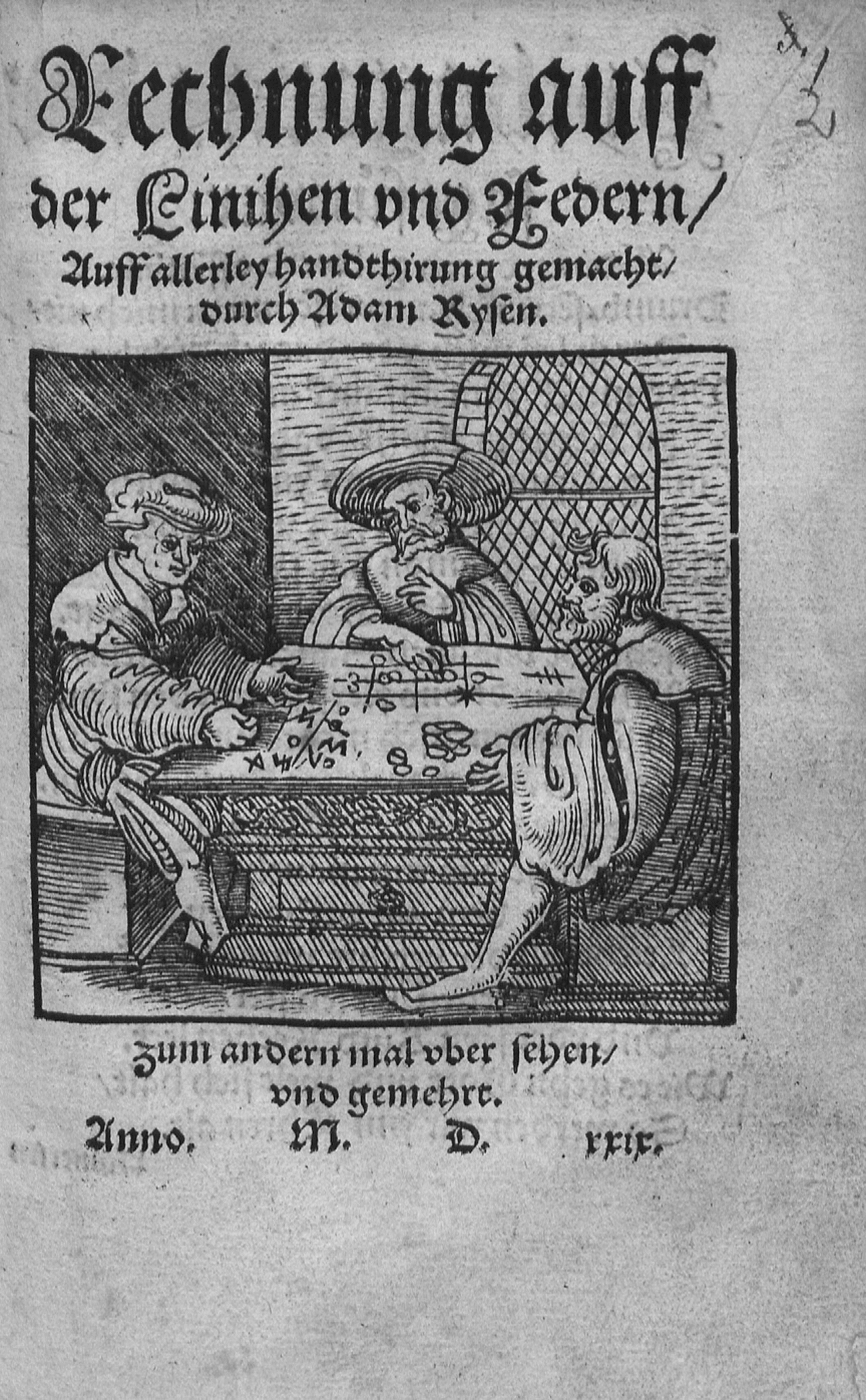
Figure 11. Title page of Adam Ries, Rechnung auf der Linien und Federn auf allerlei Hantierung. Erfurt, 1529. Dresden, SLUB/Deutsche Fotothek. http://digital.slub-dresden.de/id267529368 [9].
The arrangement of crossed-out numbers and symbols in the calculator’s represented math problem resembles division, one of the basic operations explained in the first section of every Rechenbuch (practical math handbook). A crude woodcut on the title page of one of the earliest printed practical math books, the Newgeordnet Rechenbiechlin, published by Johann Böschenstein in Augsburg in 1514, offers a clear illustration of the operation (fig. 12).Footnote 52 A woman is depicted dividing 345 by 246, which are written on the second line and bottom line, respectively (fig. 13). She has reached the end of the problem, having crossed out numbers as she went along. This procedure of marking progress by striking the number is common for sixteenth-century methods of long division, as is her technique of so-called upward division, in which the problem builds up rather than moves down. Algorithmic operations and symbols were not entirely standardized: her answer of 1 is set off by a slash, rather than a semicircle that the portrait subject is in the process of drawing, but the general contours of the calculator’s problem are similar to that of the woman on the Böschenstein title page. Knowing the purpose of the slashes and that she is using upward division, how she divides 345 by 246 can be reconstructed. Because 246 only goes into 345 once, 1 is her answer, written to the side. Then she finds the remainder. She subtracts 246 from 345, starting to the left: 3 minus 2 equals 1, which is put on top; 4 minus 4 equals 0, which is put on top. But then in order to subtract 6 from 5, she needs to borrow from the 10. Then she subtracts 6 from 15 (the result of borrowing) for an answer of 9, which again is put on top. The 9 left over from the borrowed 1 goes on top of the 0. At the end, every number processed is crossed out in turn, leaving only the remainder, 99, unmarked.
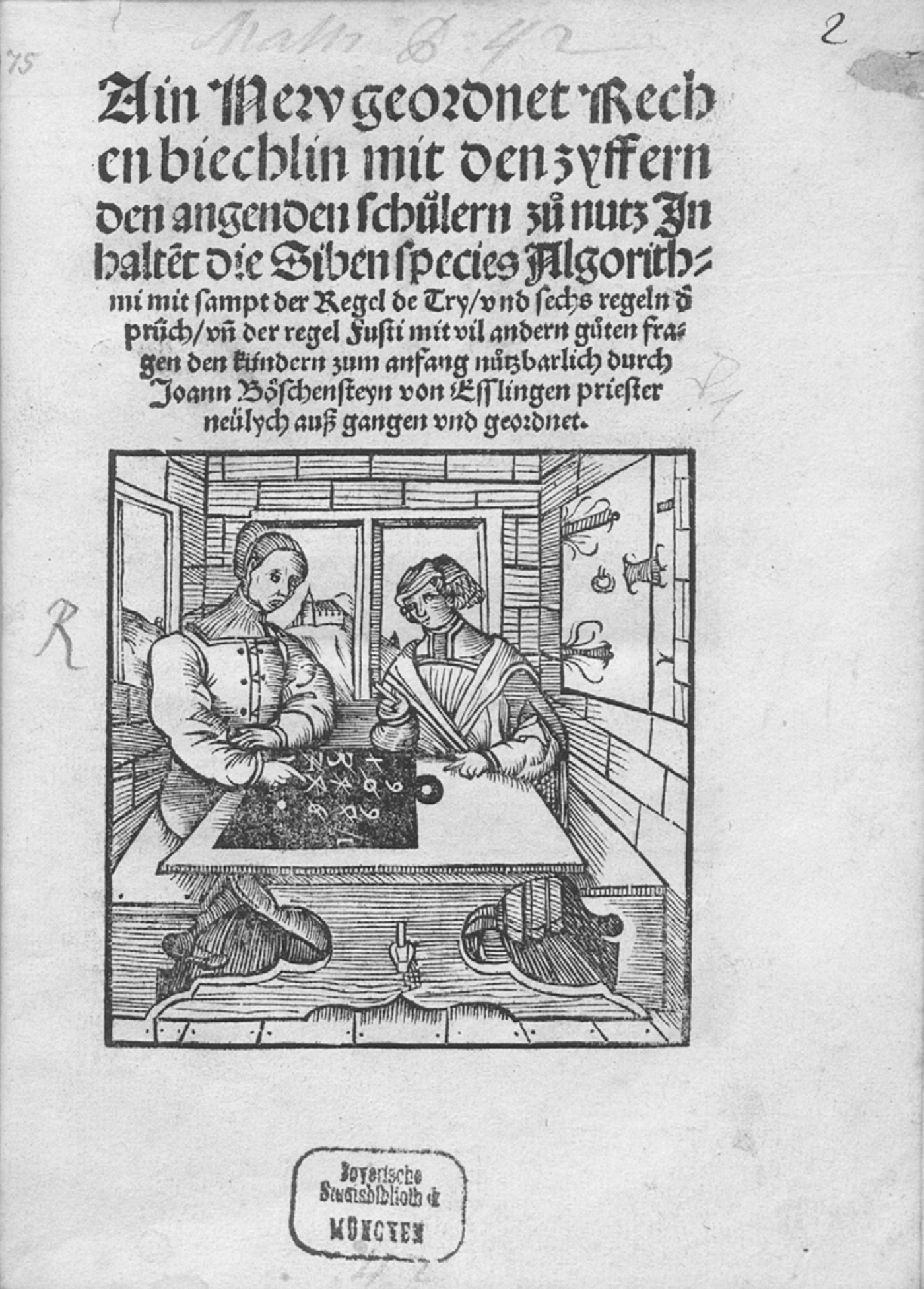
Figure 12. Title page of Johann Böschenstein, New geordnet Rechenbiechlin. Augsburg, 1514. Munich, Bayerische Staatsbibliothek.
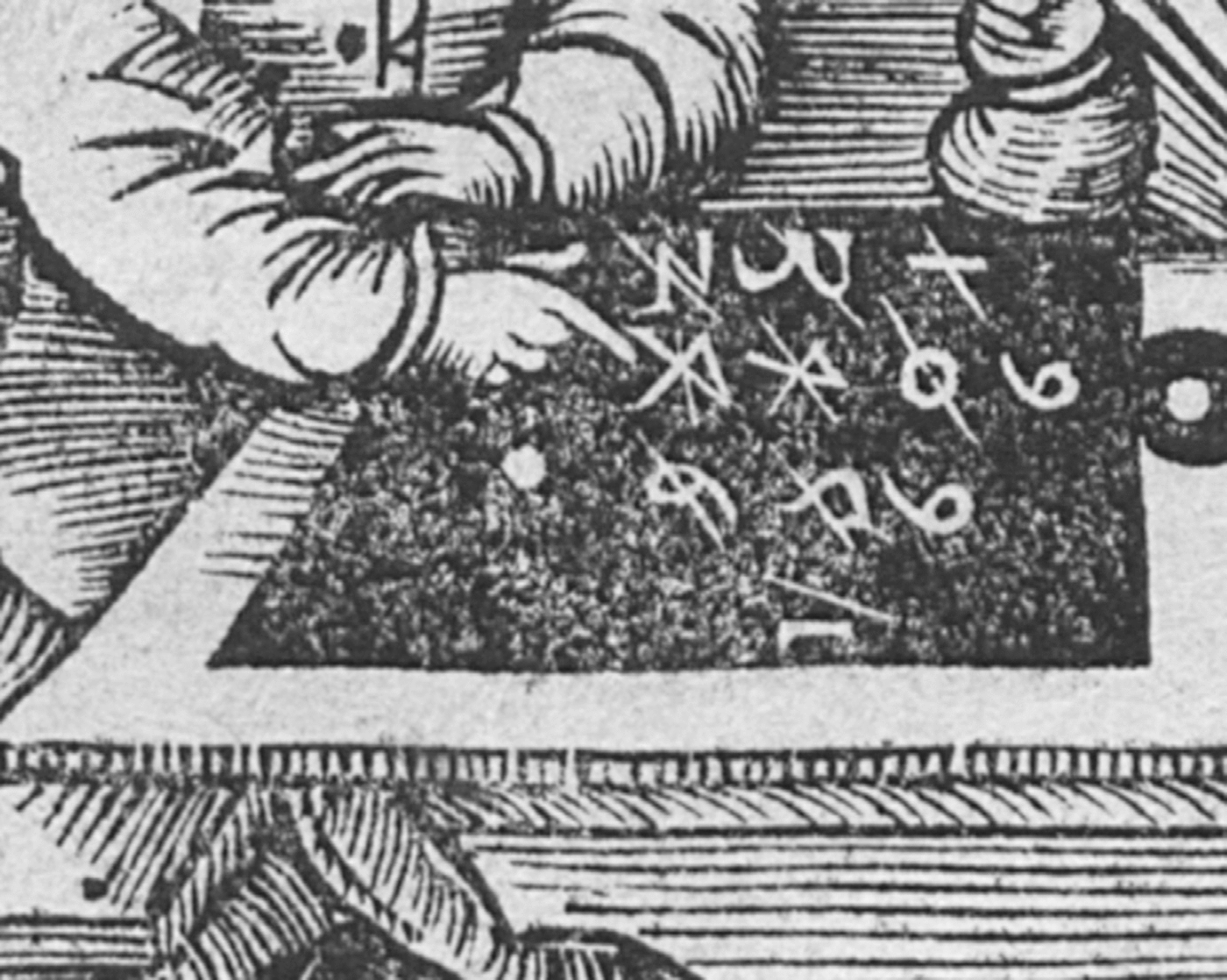
Figure 13. Detail, title page of Johann Böschenstein, New geordnet Rechenbiechlin.
If the method shown on Böschenstein’s title-page for the calculator’s problem is followed, he would be dividing 1 into 48, which is a very simple operation that would not generate so many numbers (fig. 14). A slight tweaking of the problem does not yield better results. If the 1 is ignored, and 48 divided into 66, there should be a 2 above the 6, instead of another 6. It seems as if Beham has copied the shape of a fairly simple mathematical operation using Arabic numbers without understanding, or perhaps caring about, the meaning of it.
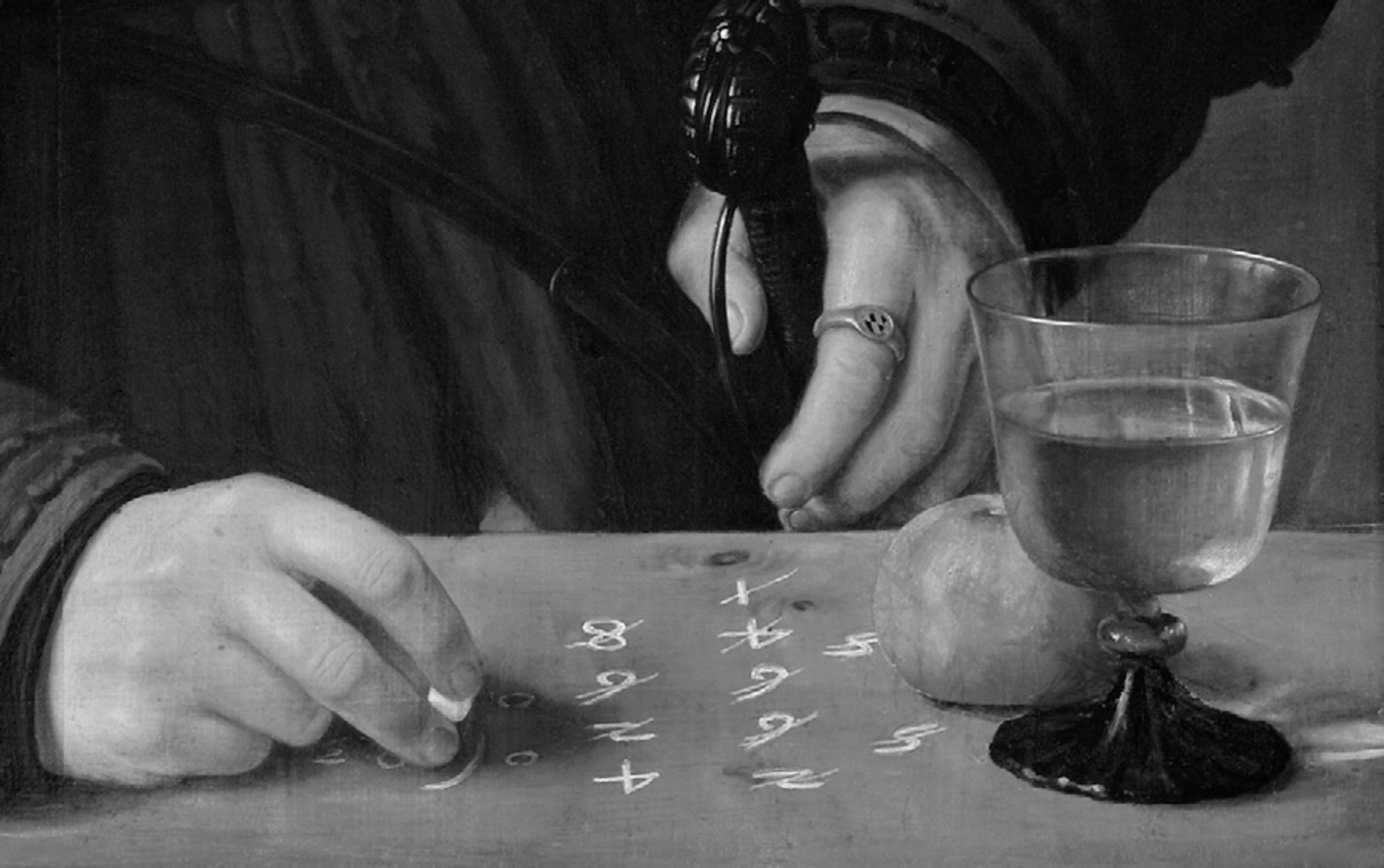
Figure 14. Detail, Barthel Beham, The Calculator.
5. Numerical Calculation in Its Cultural Milieu
The twofold question posed by the math problem in the Calculator — its presence in a portrait of a non-merchant and its lack of sense — requires a closer look, not just at how this kind of calculation was used, but at how it was perceived by contemporaries. The cultural associations of the new method of calculating derived in large part from the authorship of the math books and how these writers tried to sell their topic to an audience (or audiences). The early authors of practical math texts can be divided into two basic groups. The first group came directly from the context of the Rechnenschule, schools with a vernacular curriculum designed to teach young men the writing, calculating, and bookkeeping skills they would need for careers as merchants. These schools had existed for centuries in large numbers in Italy, but their numbers grew throughout the fifteenth and sixteenth centuries in Northern Europe. Nuremberg was among the first German cities with a Rechenschule in 1424.Footnote 53 Ulrich Wagner ran a school in Nuremberg, and Adam Ries was working as a Rechnenmeister — a position that entailed the duties of a math teacher as well as those of a city clerk — in Erfurt when he published his first book, which described calculation with a reckoning board (1518), and his second book, which explained how to do arithmetic with Arabic numbers (1522). He later moved to Annaberg, where he became an accountant and administrator in the mining industry and published a final work with a section on algebra in 1550.Footnote 54
The second group of authors came from the more elevated environment of the German university. One, Johannes Widmann, was a professor of mathematics at Leipzig. Grammateus (Heinrich Schreiber) was a professor of mathematics in Vienna, although his practical math book may have been the result of a stay in Southern Germany. He fled Vienna during a plague outbreak and spent the years between 1521 and 1525 in Nuremberg and Erfurt. In 1521 he published an extremely influential calculation book that motivated Ries to revise his own Rechenbuch and inspired him in his later algebraic work.Footnote 55 Johann Böschenstein was not a professor of math, but was one of Europe’s first scholars of Hebrew, and earned a degree in theology at the University of Ingolstadt in 1494. In these years, numerical calculation was a very marginal aspect of the university curriculum.Footnote 56 Instead, university mathematics was defined by the antique world, including number theory, geometry, astronomy, and geography, and was based on the works of Pythagoras, Euclid, Archimedes, Boethius, and Ptolemy — in other words, it was humanistic math of the kind represented in the Luca Pacioli portrait.Footnote 57
The buyers, like the authors, of practical math books did not belong to a uniform constituency. In large part, the books were sold to students of the Rechnenschulen. They would have served as the basis of the schools’ curricula, and provided a set of rules to memorize and sample problems with which to test newly learned skills.Footnote 58 And indeed, the number of schools in Germany and the success of math books published in German rose in tandem.Footnote 59 However, the forewords of the texts point to another potential audience: the Liebhaber, or hobby mathematician. Beginning with the incunabula of the genre, authors asserted that the books were ideal for self-study.Footnote 60 In framing their works in this way, practical math book authors surely envisioned adults who had not attended Rechenschule and who now needed basic skills in math for professional purposes, but they also had people in mind who did math, not because they needed to, but because they enjoyed it.Footnote 61
Early sixteenth-century authors of practical math books tried to appeal to all of these audiences — young boys, adults in need of further training, and amateurs — with a variety of contradictory rhetorical tactics. The titles of many books designate the intended reader as the gemeinen Man (the common man), the Kaufmann (the merchant), or the Jungen (the young, or boys). A persuasive case for the usefulness of arithmetic is made by the examples in the texts that demonstrated that algorithms could be incredibly helpful in the solving of everyday problems. The rule of three was one important operation that could be more simply performed using a pen rather than lines, and word problems in the texts staged its use in real-world situations.Footnote 62 In its most basic form, the rule of three solves a problem in which three pieces of information are known and the fourth is sought. A typical problem in the Adam Ries text poses the question: if thirty-two cubits of cloth cost twenty-eight gulden, how much do six cubits cost?Footnote 63
Yet the forewords of many texts also extol the larger significance of mathematics.Footnote 64 While never diverging from the idea that his book intended to explain calculation to the common man, Johannes Widmann emphasizes the importance of a general understanding of mathematics for a functioning commercial society and goes on to declare that the liberal arts are based on “the art of calculation.”Footnote 65 It is to be expected that Widmann, who was a university professor, would think about practical math’s status in relation to the curriculum of the university. Yet his concern was apparently shared by the Rechenmeister Adam Ries. In the foreword to his second book, Ries writes that there is not a field of knowledge (kunst) that is called a liberal art (freyhe kunst) that can exist without a certain grounding in metrics and numbers.Footnote 66 Ries then surpasses Widmann by citing Plato. The ancient philosopher, Ries writes, argued that no one can be called intelligent without an understanding of arithmetic, music, and geometry, all fields that build on knowledge of numbers.Footnote 67 This claim was not quite as ubiquitous as sixteenth-century Rechenbuch’s appeals to the common man, but it constitutes a regular feature of the authors’ introductory remarks. Grammateus is one of the only writers to back up Plato’s assertion with substantial instruction: in his 1521 calculation book he includes a section on arithmetic applied to musical harmony.Footnote 68 More typical are parenthetical allusions to ancient authorities like the Platonic Academy,Footnote 69 Isidore, Boethius,Footnote 70 Augustine, Aristotle,Footnote 71 and PythagorasFootnote 72 to support the authors’ rather vague contentions.
This connection between practical math and the liberal arts (or antique knowledge), made a potent claim for the status of numerical arithmetic: the liberal arts were so-called because they could only be practiced by free men in the ancient world. In one of the earliest preserved mentions of the seven liberal arts, Seneca the Younger writes that, unlike the mechanical arts, the liberal arts are not money-making pursuits.Footnote 73 In the modern world, the distinction between merchant and scholar was not so clear-cut as between freeman and slave, yet these fields of knowledge were still elite by virtue of their inaccessibility to the common man.Footnote 74 Sixteenth-century universities trained men for careers in the church, the state, and medicine;Footnote 75 in other words, they educated men who did not have to do commercial work or physical labor for a living. The introductory texts assured the intended reader-user of the vernacular practical math book that even if he was not a scholar with a knowledge of ancient languages, what he was learning was just as important, if not more so, than what was taught in university lectures.Footnote 76
Despite the elevated claims of the Rechenbuch foreword, it is clear that Rechenbücher were moneymaking ventures for most authors, rather than labors of love. Johann Böschenstein’s successful math book appeared in 1514, the same year as the publication of his textbook of the Hebrew language, presumably to underwrite the costs of its publication.Footnote 77 Likewise, the Kauffmans Rechnung by Peter Apian, a professor of math in Ingolstadt, appeared at a moment of financial need.Footnote 78 In 1526, Apian was appointed to his position at the university through his connections in the Bavarian court and on the basis of his more humanistic practice of math and cosmography, including his Cosmographicus Liber (1524).Footnote 79 In 1523, prior to his appointment, Apian petitioned the university for a loan of 200 fl. in order to found his own printing press. In 1526, he finally received the loan from the academic senate, the first of several that would put him in debt to the university until 1531. The Kauffmans Rechnung, printed in 1527 on his own press, therefore seems like a calculated move motivated by the debts incurred in starting the press.Footnote 80
Starting in the 1520s, many Rechenbücher did in fact sell well, but it would be a while before the public bought numerical calculation itself. Despite all of the arguments made on behalf of algorithmic math, the abacus method for solving simple math problems remained dominant through the middle of the sixteenth century.Footnote 81 The prevalence and continuing usefulness of the reckoning board is acknowledged in publications like Jakob Köbel’s Ain neugeordnet Rechenbiechlein auf den linien mit Rechenpfenningen (published, like Böschenstein’s book, in Augsburg in 1514), Adam Ries’s first Rechenbuch from 1518, and Johann Albert’s Rechenbüchlein from 1534, all of which concentrate exclusively on techniques of calculating with lines.Footnote 82 In 1550 Ries published his most complete textbook, Rechenung nach der lenge auff den Linihen und Feder, which, as the title indicates, continued to teach reckoning-board math. In the foreword Ries explains that he considers math with lines the best way to introduce children to calculation.Footnote 83
For the modern person, this continued reliance on reckoning with lines seems stubbornly retrograde, but it was not actually illogical. Whereas numerical calculation had its advantages for certain problems, the reckoning board was simply the fastest, most convenient way to complete other important commercial operations, like the conversion of currency.Footnote 84 The second reason for the continued popularity of the reckoning board is that, unlike arithmetic with counters, numerical calculation is not intuitively easy. As Reviel Netz has argued, math using counters draws on two very basic cognitive functions: opposition, the act of grasping an object between finger and thumb that is the tactile basis of perception, and subitization, whereby the mind is able “to perceive small clusters of proximate, similar objects, as clusters.”Footnote 85 Although the operation of a reckoning board requires a set of learned skills that differ depending on the type of device employed, the essential structure of the tool, with its movable masses of identical objects, is designed to make use of these basic human abilities.Footnote 86
In contrast, modern, algorithmic math is (essentially) a language, symbolic and ultimately arbitrary.Footnote 87 Today people are introduced to Arabic numbers at a very young age. The basic operations of addition, subtraction, multiplication, and division follow logically, just as learning to read single words follows learning the alphabet. And like reading, the basic operations become second nature, something never considered in the course of day-to-day life. Yet as the antiquated method of upward division performed by the woman in Böschenstein’s title page demonstrates, algorithmic math, like reading, is a matter of convention. The abstraction of its written numbers contrasts with the reassuringly concrete nature of the reckoning board. Like written numbers, counters are also symbols, of course, but they have a real, physical, material presence, which can be tracked by bystanders in their movement across the board. In simple computation, their use is transparent and accountable.
6. The Mathematical Liebhaber as Patron
In view of its initial limited cultural success, the claims for numerical calculation may have been an attempt to convince the mathematical amateur that arithmetic with Arabic numbers was a worthwhile intellectual pursuit. Something can be gleaned about this potential reader from the algebraic, geometric, and mathematical puzzles with no practical applications interspersed with more prosaic arithmetic in many practical math books. Ivo Schneider argues that in the seventeenth century the pleasures and satisfactions of problem-solving for the sake of problem-solving drove the development of math from an art — “a fixed repertoire of skills to be used and applied in established situations” — to a science.Footnote 88 According to Schneider, amateur mathematicians — that is, men without a professional appointment such as Rechenmeister or university professor — were decisive innovators in the development of algebra.Footnote 89
In the 1520s amateurs had another role to play in the publishing of math books. Like Pacioli’s nobleman, they were sometimes enlisted as patrons. Authors frequently dedicated their practical math books to well-to-do citizens, city councils, or local rulers, who might thereby be persuaded to return the favor with financial support for the publication or a pension.Footnote 90 One of the first chapters in early modern German math publishing history was underwritten in this way: the wealthy Nuremberg citizen Bernhard Walter supported the research and publications of the mathematician and astronomer Regiomontanus in the early 1470s.Footnote 91
The Ingolstadt professor Peter Apian dedicated his Kauffmans Rechnung to a man who was probably not a merchant: a certain Hans Semfftel (a name that is also spelled Senftler in early modern sources), citizen of Munich.Footnote 92 In the text of the foreword, Apian complains that the calculation books published in German and Italian thus far are either so long that they terrify the reader, or too short (and, presumably, terse): Apian’s accomplishment, according to him, is the production of a book as short as possible, and which can be quickly referenced for instruction on important calculation techniques. Apian trusts that Semfftel, to whom he refers as a “special lover and connoisseur of this art,” will be able to understand his achievement.Footnote 93 In addition to stating that Semfftel was a resident of Munich and a lover of math, Apian reproduces his patron’s coat-of-arms on the page preceding the book’s foreword (fig. 15). These arms were bestowed by Friedrich III on Andreas Senftler, a resident of the Austrian village of Sankt Veit an der Glan, in 1473.Footnote 94 On 30 May 1511, one Hans Senftll received a confirmation of nobility and improvement of his arms from the Emperor Maximilian I.Footnote 95
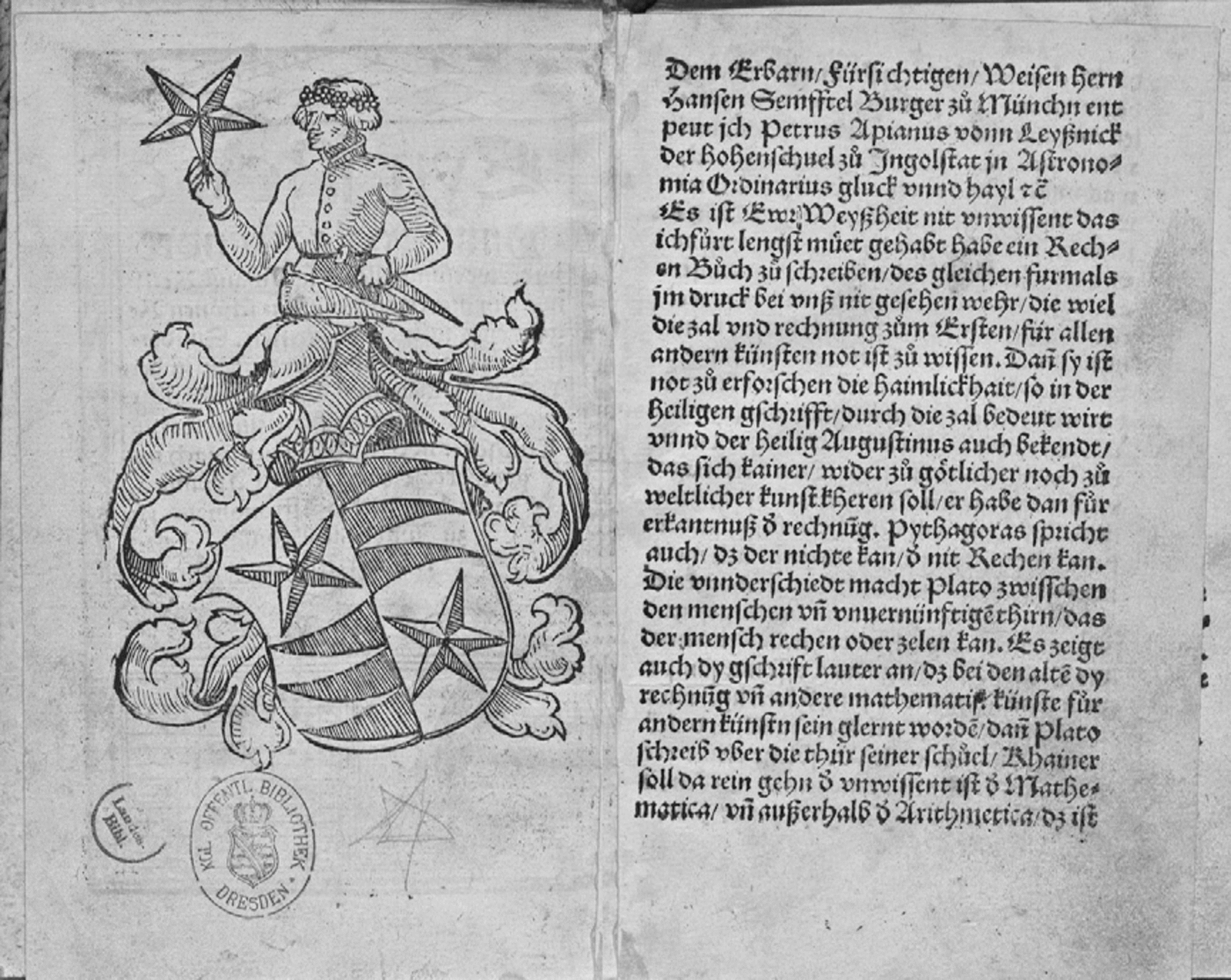
Figure 15. Dedication of Peter Apian, Kauffmans Rechnung. Ingolstadt, 1527. Dresden, SLUB/Deutsche Fotothek. http://digital.slub-dresden.de/id280459882 [6–7].
Semfftel may have been one of the many powerful patrons that Apian cultivated during his career as a mathematician and astronomer. Apian was an effective ambassador and canny popularizer for his chosen field. In 1540 he dedicated his Astronomicum Caesareum to Emperor Charles V and his brother Ferdinand, and received a post as the imperial court mathematician, ennoblement, and 3,000 gulden for publishing costs in return.Footnote 96 In his introduction to the Astronomicum, Apian echoes the rhetoric of his remarks in the Kauffmans Rechnung, claiming that his chief accomplishment is to have created a book that, unlike other books of its kind, instructs the reader without terrifying him. But whereas in his earlier math book Apian cited too-great length as the off-putting factor, in the Astronomicum he reassures his readers that they need not understand calculation to appreciate the book.Footnote 97 In both cases, Apian appears to have judged his audience correctly. The Astronomicum is more a feat of printing than of science. Apian’s own printing press produced the book of diagrams of planetary movements with charts consisting of up to six layers of movable paper disks intricately tied together, all hand-colored in the printing shop.Footnote 98 The elaborate, luxurious book was perfectly suited to entertain the emperor with its presentation of the Ptolemaic solar system. Likewise it seems that the Kauffmans Rechnung successfully entertained an audience of non-merchant Liebhabers. Apian’s Rechenbuch was reprinted five times between 1527 and 1580,Footnote 99 and in 1533 Hans Holbein included a copy of the second edition among the collected objects in his portrait of the French Ambassador Jean de Dinteville and his friend Georges de Selves (National Gallery, London). Like the Astronomicum, the Kauffmans Rechnung may have benefitted as much from the prestige of its patron as from his financial support.
Hans Semfftel, mathematical Liebhaber, seems to have had much in common with the calculator. He was a citizen of Munich, where Duke Wilhelm IV had his court. He was wealthy enough to be a profitable patron to Apian, and he was interested in mathematics but not so learned that he wanted more than a short handbook to explain algorithmic computations to him. Likewise, the calculator, who probably met Beham at Wilhelm’s court in Munich, was important enough to commission a portrait from him and chose numerical calculation as a motif for his portrait without bothering about the motif’s accuracy. These speculations, along with the “H. S.” monogram identified by Baldass on the subject’s signet ring, make it tempting to perceive the men as more than merely two members of a peer group: indeed, as the same individual. Heraldic evidence indicates, however, that Semfftel and the calculator are not one and the same. Semfftel’s coat-of-arms reproduced in Apian’s text does not resemble the signet ring of the calculator: whereas the arms awarded to Andreas Sentfler in 1473 were red and white, the calculator’s ring is black and yellow. Nevertheless, Semfftel’s apparent financial support of, and recreational interest in, algorithmic math brings us closer to the particular historical and demographic circumstances in which the Calculator was made.
7. The Bavarian University of Ingolstadt
In the late 1520s, when the Calculator was painted, numerical computation was at a crossroads. Sales of Rechenbücher had made it recognizable, but it was not yet in widespread, day-to-day use. Reckoning boards remained the dominant mode of calculation for commercial purposes. Further, it was marginal in the elite context of the university, excepting the wave of university professors who produced their own practical math books as money-making ventures. In short, algorithmic math was still culturally up for grabs. In their forewords, Rechenbuch authors tried to promote math with a pen as both easy enough for the common man and interesting and important enough for the socially elevated amateur — in other words, marketing it broadly and making a bid for esteem. The inspiration for the Calculator, however, was not merely the general tenor of the time and place but was more tightly bound to personalities in the Bavarian court and to the status of mathematics at the Bavarian university of Ingolstadt.
In 1472, the Bavarian ducal family the Wittelsbachs founded the University of Ingolstadt.Footnote 100 It was one of a spate of university foundations between 1348 and 1505, namely, in Prague, Vienna, Heidelberg, Cologne, Erfurt, Leipzig, Rostock, Louvain, Greifswald, Basel, Freiburg im Breisgau, Ingolstadt, Trier, Mainz, Tübingen, Wittenburg, and Frankfurt (Oder). Rainer Schwinges explains that, unlike older universities, these seventeen foundations were acts of patronage on the part of ruling entities, writing that the universities were “as clear an expression of princely and ruling authority as the building of castles and towns, and the founding of churches and monasteries.”Footnote 101 For Ingolstadt, the importance of the patronage relationship is borne out by the Wittelsbachs’ continuing involvement with the university. In 1515, after decades of infighting between those professors in the faculty of arts advocating the via moderna and those championing the via antiqua, Duke Wilhelm sent Eck and Aventin to Ingolstadt as members of a committee charged with evaluating the university and instituting reforms.Footnote 102 Together over the next decade, Aventin (as guiding spirit) and Eck (as enforcer) would attempt to shape the faculty of arts, including the status of mathematics within the faculty.
Ingolstadt had had a brief heyday as a center of humanistic math in the late fifteenth century. During his professorship at the university (1492–97), Aventin’s mentor Conrad Celtis, the poet laureate of the Holy Roman Empire and so-called Arch-Humanist, developed an integrated approach to the humanities and natural sciences, working with the several Ingolstadt professors interested in mathematics. Celtis brought his vision more or less to fruition, with the Collegium poetarum et mathematicorum, founded in Vienna in 1501.Footnote 103 With this short period of Ingolstadt glory in mind, Eck and Aventin proposed the appointment of two lecturers responsible for teaching mathematics in the arts faculty, a duty that had fallen in the previous decades to private tutors from the medical faculty.Footnote 104 Aventin recommended Peter Apian, whom he may have known through his Vienna connections or have encountered in Landshut at the court of Ludwig X in the early 1520s.Footnote 105 Apian seems to have had some contact with the Landshut court: Ludwig had a sundial designed by Apian painted on his palace wall.Footnote 106
The story of Apian’s hiring at Ingolstadt once again shows his ability to forge and use social connections to further his career, but it also demonstrates the mounting interest in mathematics at the university and among those connected to the court, namely, Aventin and Eck.Footnote 107 The social connections of Johann Böschenstein, who graduated with a bachelor’s from the university in 1494 and taught Hebrew and math as a private tutor in Ingolstadt from 1505 to 1517 — with a short interruption for a stay in Augsburg in 1514 — also demonstrate increasing attention to math among the humanistically inclined.Footnote 108 Over the course of his peripatetic career, he tutored several well-known men in Hebrew — including the Ingolstadt professor and Luther opponent Johannes Eck, the Holy Roman Emperor Maximilian I, and the Reformers Philipp Melanchthon and Ulrich Zwingli — while teaching practical math to support himself.Footnote 109 On Melanchthon’s recommendation, he was appointed as the first Gymnasium teacher of math at the short-lived Egidiengymnasium in Nuremberg in 1526.Footnote 110
Celtis, an early and aggressive booster of the study of mathematics and natural science in Germany, almost certainly did not think about algorithmic math when he pondered new modes of learning and scholarship. A little over twenty years later, when appointing a math teacher for his humanistic gymnasium, Melanchthon did. The growing interest in numerical computation must be understood first in terms of its growing importance in the commercial realm, but in a social world where personal connections were crucial, it is plausible that the cultural cachet of math using Arabic numerals was augmented by its friends in high places. Neither Apian nor Böschenstein considered their Rechenbücher as the apex of their scholarly careers, but these figures brought a little prestige to practical math by placing it in association with more elevated topics, like Hebrew and astronomy. Their social connections may have also endowed all of their projects, whether undertaken for love or profit, with a sheen of glamour. In 1529 this new way of doing calculation would have been novel, and, perhaps, therefore interesting to the right people in the ducal circle. The Bavarian dukes themselves were not the ideal audience for algorithmic computation. Their interest in math was probably analogous to their taste in portraiture: conservative with an inclination to the magnificent, favoring Apian’s Astronomicum Caesareum as they had Venetian painterliness.Footnote 111 For men like Eck and Aventin, on the other hand, who were concerned with educational reform and the promotion of mathematics in general, this kind of arithmetic could have been intriguing.
Beham, or his patron, may have become aware of algorithmic math through his association with this group of people, and thought of it as something strange and new, not yet calcified into its later status as a mere tool of commercial calculation. One can imagine that, in flipping through Apian’s book, Beham took his inspiration from the pages describing division or square roots (fig. 16). In any case, this hypothetical moment of elite interest in mathematics using Arabic numerals lasted only long enough for Beham (or his patron) to become interested in the metaphoric valence of the algorithm, but not so long that either of them learned how to perform a simple operation like division. For the purposes of the portraiture, accuracy in the calculation just did not matter.
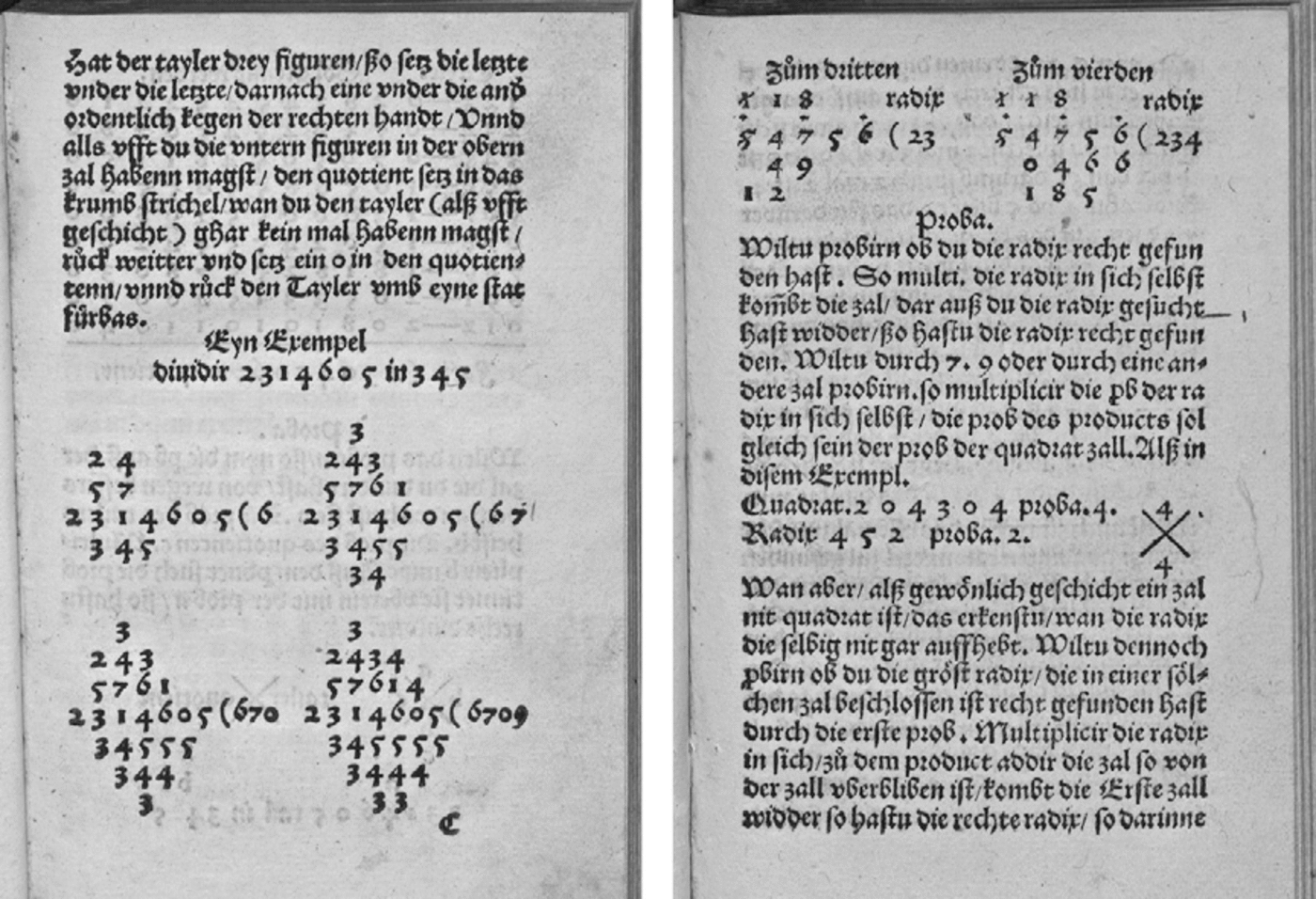
Figure 16. Sample division and square-root problems. Peter Apian, Kauffmans Rechnung. Ingolstadt, 1527. Dresden, SLUB/Deutsche Fotothek. http://digital.slub-dresden.de/id280459882 [34, 216].
8. Conclusion
Because the algorithm does not add up, so to speak, the importance of the calculation in the painting is metaphorical. It does not signify; it only connotes. It is a potently specific metaphor, however, positioning its sitter in a particular cultural moment. The appearance of a nonsensical calculation in a portrait painted by a court painter, presumably for a courtly patron, may have only been possible in the Munich of 1529. The confluence of personalities and interests, as well as the still yet unsettled nature of algorithmic math, made this mode of calculation an exciting new technology that could communicate not only that the sitter was up on the latest interests of powerful court members like Leonhard von Eck and Johannes Aventin, but also that he was aware of what Rechenbuch writers insisted was the root of the liberal arts. And because it was so novel, neither painter nor patron nor (apparently) the intended viewer cared about the exact details of the operation.
The metaphorical importance of the calculation extends beyond its ability to socially and culturally position its subject. It also provides Beham with an interesting artistic device, a new way to portray his subject’s projection of interiority, the spark of the thinking process in the performance of the algorithm. The visual rhetoric of the picture balances between presence and absence, bodily action and mental preoccupation. Standing before the painting, the viewer is especially struck by the physical immediacy of the life-sized figure. A direct, crystalline light accentuates the volume of his body. His right arm, encased in a bulky sleeve made of rough, dull fabric, leans toward the picture plane, while his left arm, whose hand rests on the short sword, recedes into shadow. Twisting in the narrow space between table and wall, the portrait subject seems poised on the verge of action, creating a tension so palpable that a recent article points to the figure’s “antagonistic potential.”Footnote 112
A quick examination of the face shows that this is not an aggressive man, however. The confrontational aspect of the bald en face pose is upended when the viewer attempts to meet the gaze of the portrait subject. The subject’s perplexed wrinkles and splayed pupils offer the inverse of the penetrating gaze of the icon of God, whose unwavering stare tracks the viewer as he moves around in front of it.Footnote 113 In contrast, the viewer of the Calculator cannot catch the attention of the portrait subject. It is not that the viewer is seen through or past: rather, the attention of the subject rests within his own mind, absorbed in the abstraction of the problem he is just completing.
The system of Arabic numbers is an ideal vehicle for portraying this kind of mental preoccupation. It is inherently abstract, removed from the tangibility of fingers held up on a counting hand or the coins moved around on a reckoning board. Arabic numerals are not the province of the body or the physical world but are manipulated in the mind and on paper, with a pen or a piece of chalk to note the progressive steps. Confronted with a calculation made up of jotted-down signs, we are made aware of the unfolding thought-process of the portrait sitter. The calculation, like the date of the painting, is not written down for the benefit of viewers: the numbers are oriented toward portrait subject because they are his notes. It does not matter if viewers understand what the problem means, a fact that is underscored by the way in which the right hand of the subject rests on the problem’s potential solution, obscuring the view of the answer. Instead, we see the in-between steps of writing-down and crossing-out numbers, which function as an index of the sequential moments of his problem-solving, that is, as traces of his inner state.
The painting is a fascinating artifact of sixteenth-century German mathematics: in misunderstanding the arithmetic that it takes the trouble to represent, it provides a glimpse into the exciting, unsettled state of the art in 1529. It also allows Beham’s accomplishment in portraiture to be perceived more acutely, the artist’s use of the semi-opacity of the human thought-process to create a compelling projection of his subject. The plain nature of the calculator’s clothing and his sword place him socially. His use of Arabic numbers locates him historically. Yet, most importantly, his distraction allows Beham to imply an ongoing chain of thought. In the midst of his problem, the calculator is not only absent from viewers, but also from the space around him. He appears pulled back into himself, and his retreat makes clear, above all, that he has a self.



